Aaron Siskind was an American photographer who was interested in taking images of “true to life” objects in an abstract way. He took many images of things both in natural and urban environments. Many images he has taken contained many types of unique textures. In the mood board below this is especially visible in the images he has taken of tree barks.
Mood Board

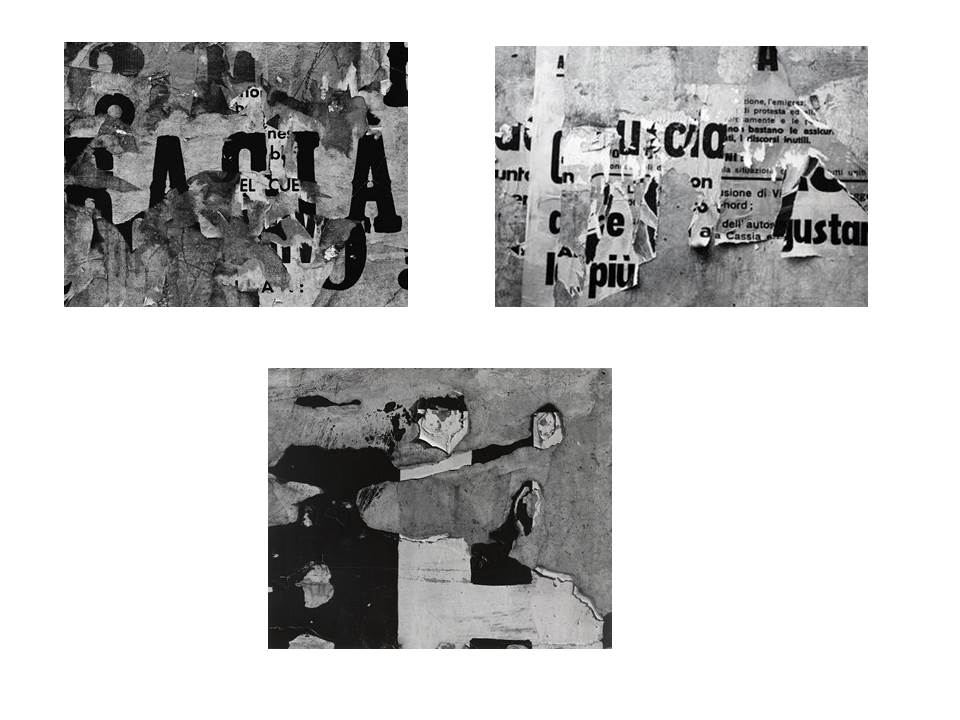
Analysing his work
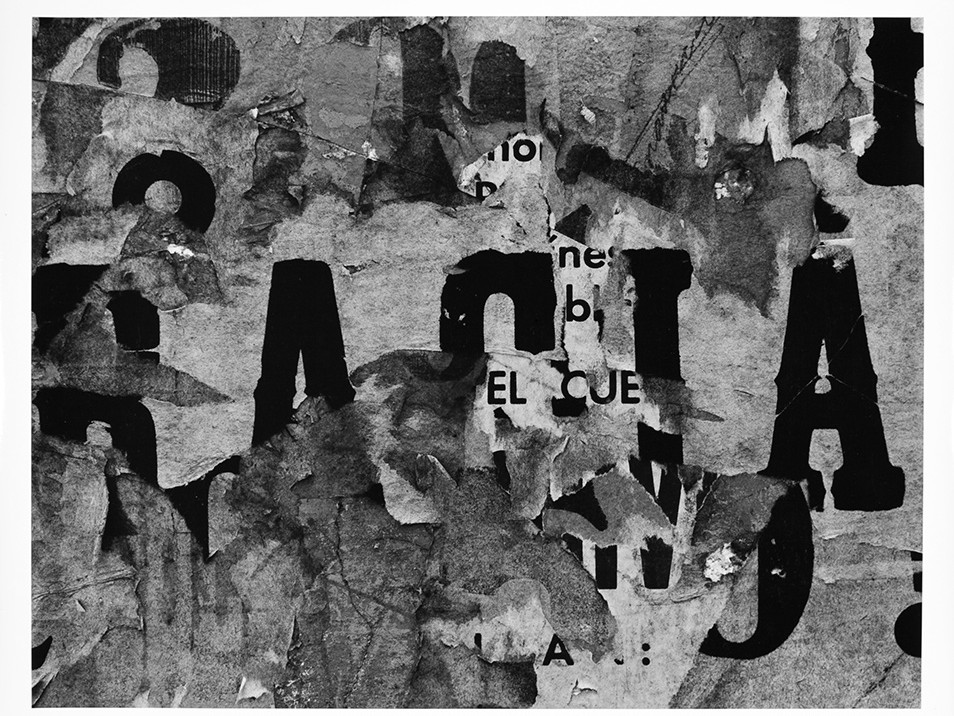
In this image Siskind uses interesting technical features. Although the image is in black and white, it is clear that the image was taken in daylight, as all the details in the frame are lit up clearly. It is also clear that the shutter speed was not too high or low, as the image isn’t over or underexposed. The aperture must have also been controlled due to the balance in exposure.
Part of what makes the image successful are the visual techniques. The image shows what appears to be many different layers of a poster peeling of a wall. By capturing this, Siskind has created many intriguing visual techniques. Firstly, the image has a very interesting texture. The photographer has successfully captured the rough and bumpy surface of the wall. This is very appealing to the audience as it gives the image a whole other level for the audience to appreciate. The image’s form is also helps to capture attention, as the different layers almost give the photo a 3D effect, making it more appealing.
The image’s context makes it further interesting. This particular image was taken in 1961, in Mexico. During this time Mexico was going through The Dirty War where there was conflict between the government and left-wing groups.
After researching to context, it became clear that Siskind may have been trying to capture a deeper, concept with this image, about what was going on around him at the time. Because the wall he photographed was ruined, and peeling away he could have been trying to interpret the effect the conflict was having on the country.

This images is one of my favorites by Siskind. Similar to the last image, it also uses many technical features. Firstly, the image is in black and white and it its over or under exposed. It also appears that this image was taken in the daylight, as the details in the image are perfectly lit and visible.
The visual effects of this image help to make it very appealing. Because the paint on the wall is peeling, and Siskind has captured it from the front, this image contains various different types of interesting tones and shadows. The peeling paint also gives the photograph a very attractive form, as it gives the photo a 3D vibe to it. This makes the image really interesting, as the wall has different layers to it. The image also has a very visually pleasing texture to it. You can very clearly see the bumpy and cracked surface. This is interesting to an audience as it gives the image a very vintage feel to it.
My response
For my response I attempted to capture interesting and unique types of textures, as this is what Siskind also photographed.

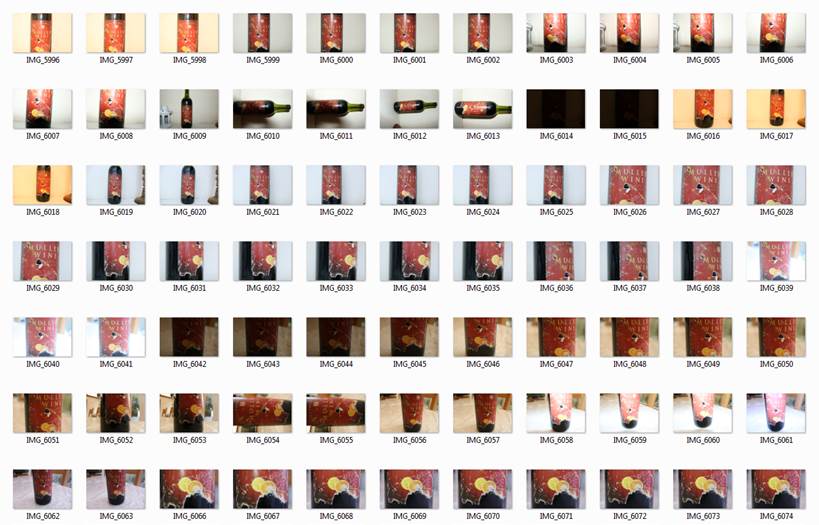





My best outcomes

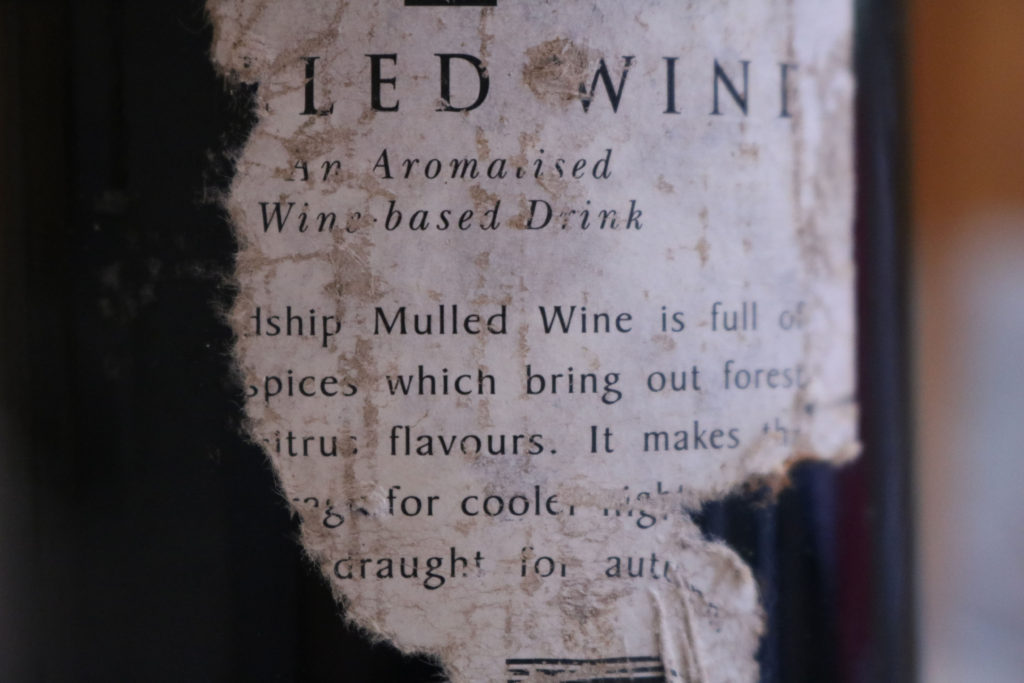
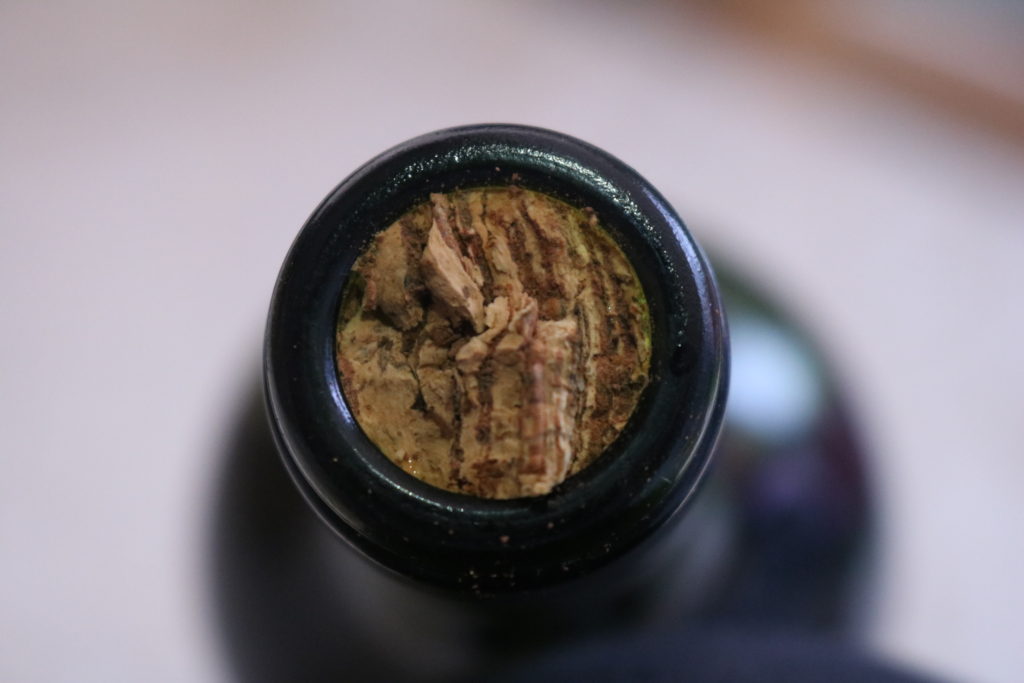
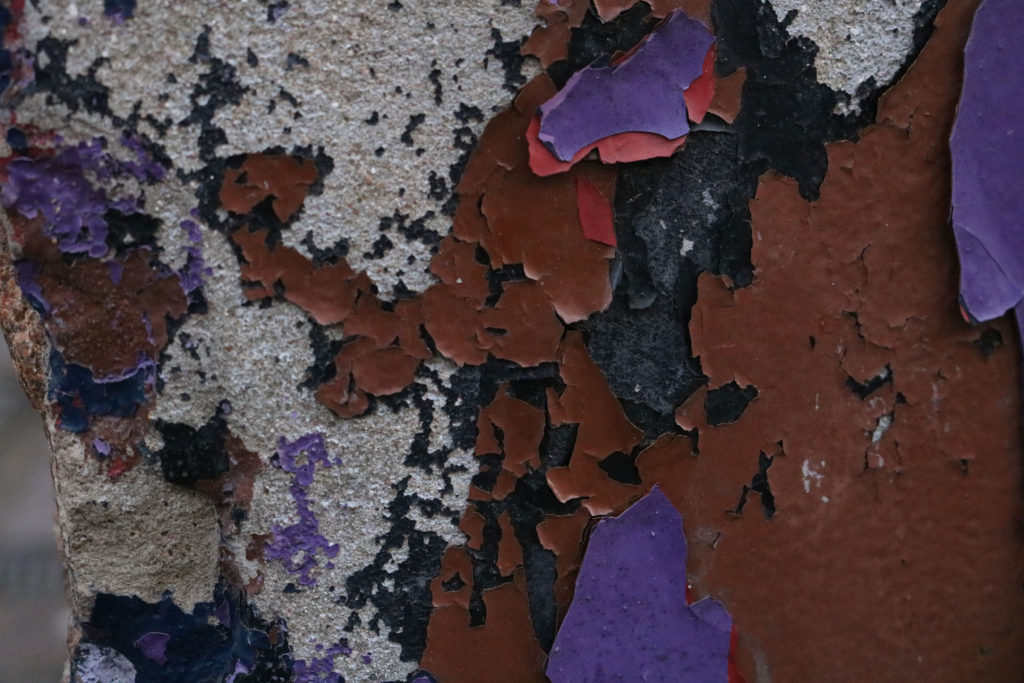
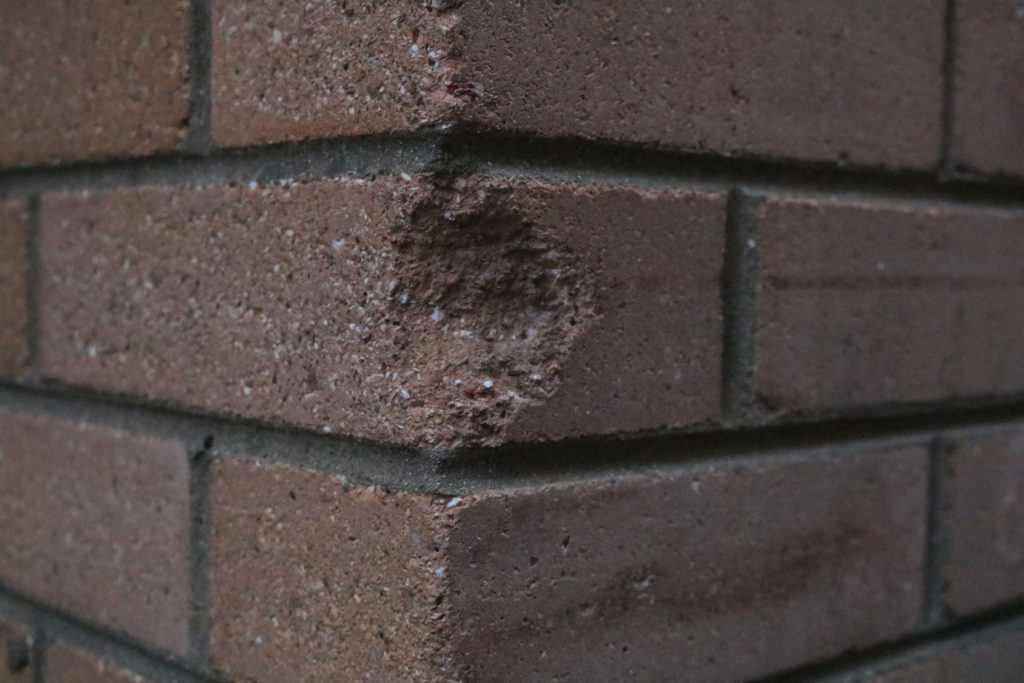
Editing

 These were the two images I begun with on Photoshop.
These were the two images I begun with on Photoshop.
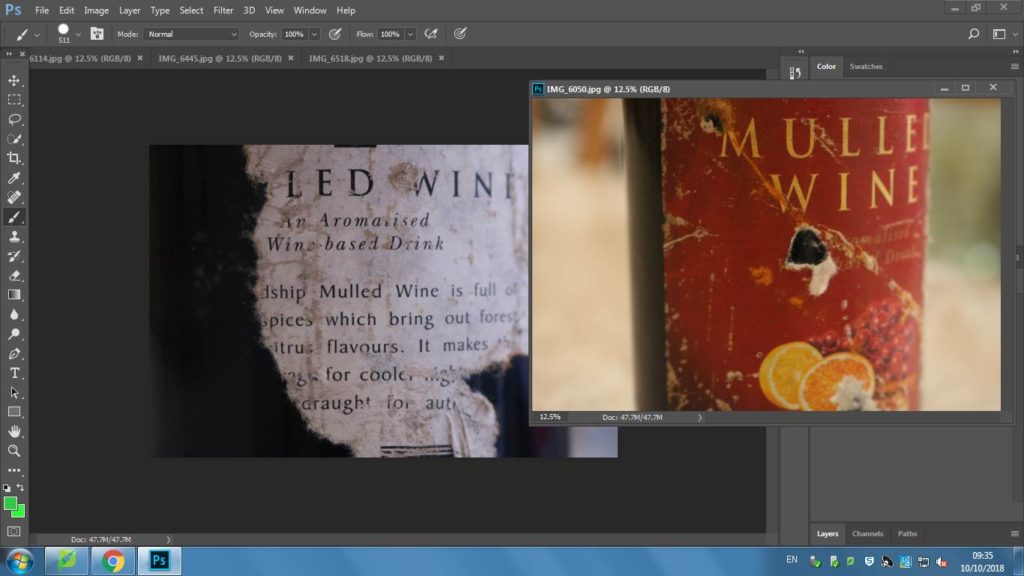 Next, I dragged one image on top of the other, so that the second image became a separate layer
Next, I dragged one image on top of the other, so that the second image became a separate layer
 Next I changed the image into black and white.
Next I changed the image into black and white.
 After, I slightly lowered the brightness so it was a little darker, and I increased the contrast a lot so that the white label would stand out more.
After, I slightly lowered the brightness so it was a little darker, and I increased the contrast a lot so that the white label would stand out more.
 Next, I had to also edit my second layer which was the other image that I dragged over the top of my background. I also changed this image into black and white so the colors on the label could create an interesting contrast.
Next, I had to also edit my second layer which was the other image that I dragged over the top of my background. I also changed this image into black and white so the colors on the label could create an interesting contrast.
 Here, I increased the contrast and also the brightness, so this image could look brighter when it was layered over the background as the background image was edited darker.
Here, I increased the contrast and also the brightness, so this image could look brighter when it was layered over the background as the background image was edited darker.
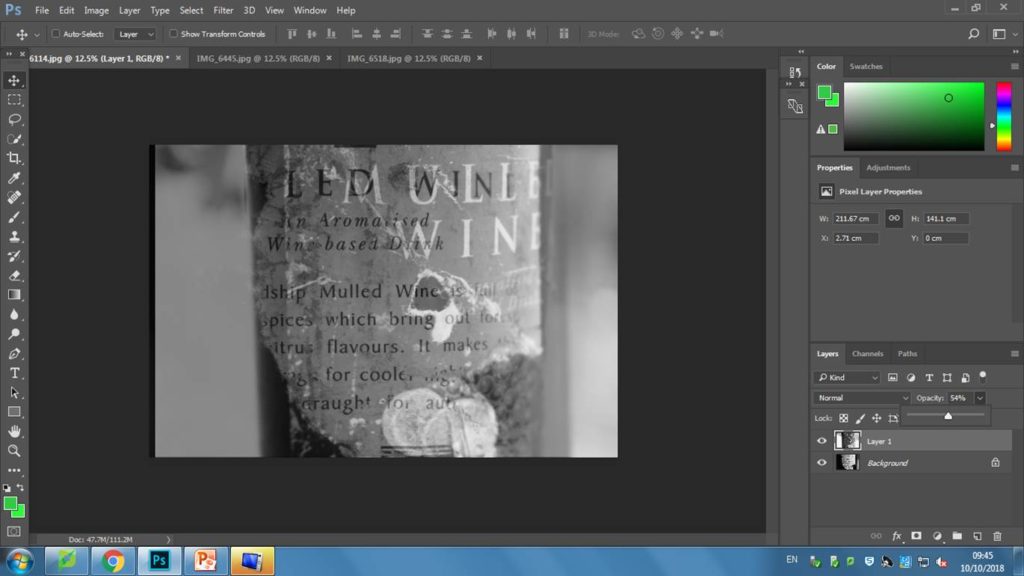 I then edited the opacity to 54% so both of the images could blend together.
I then edited the opacity to 54% so both of the images could blend together.
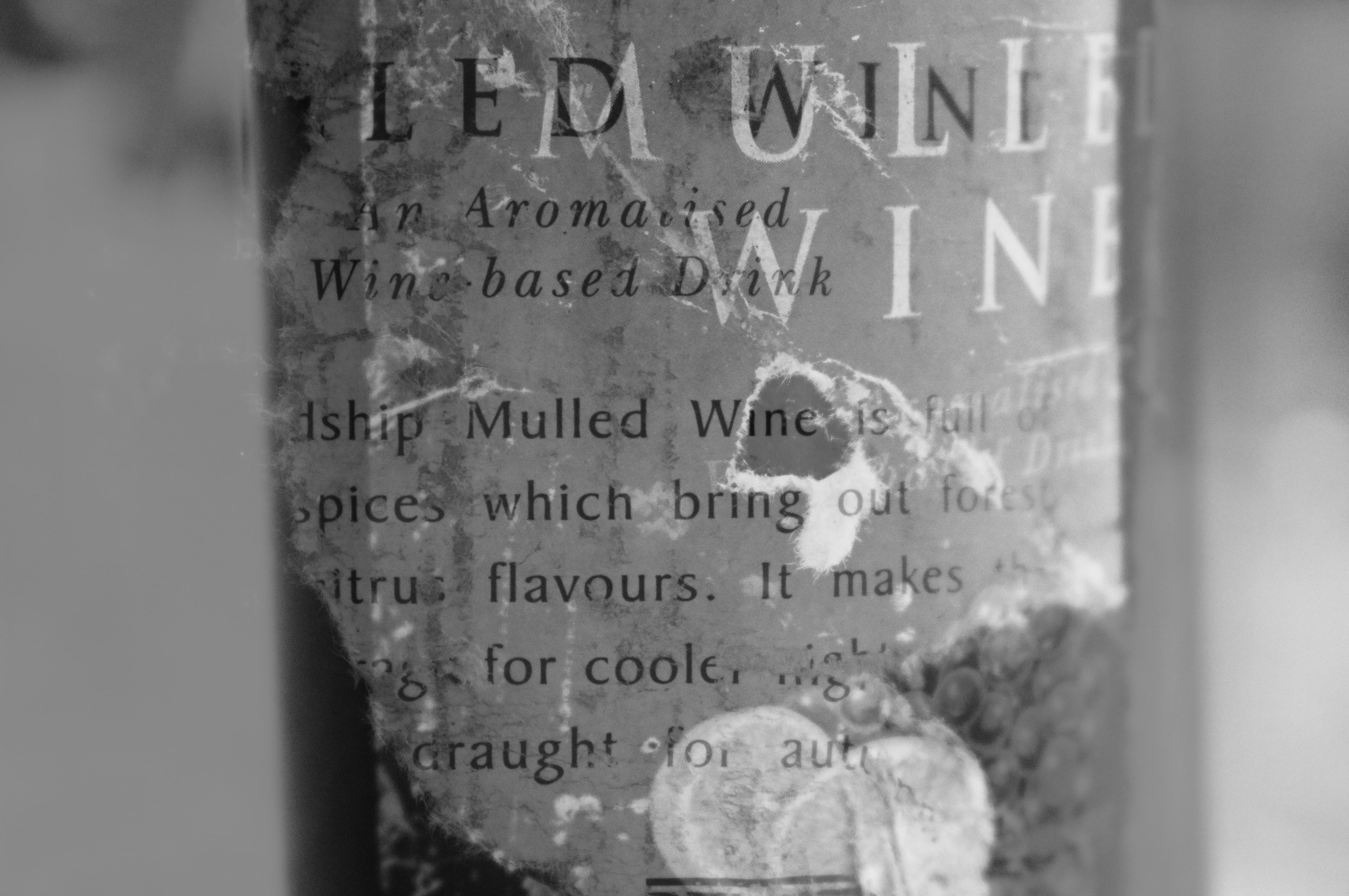
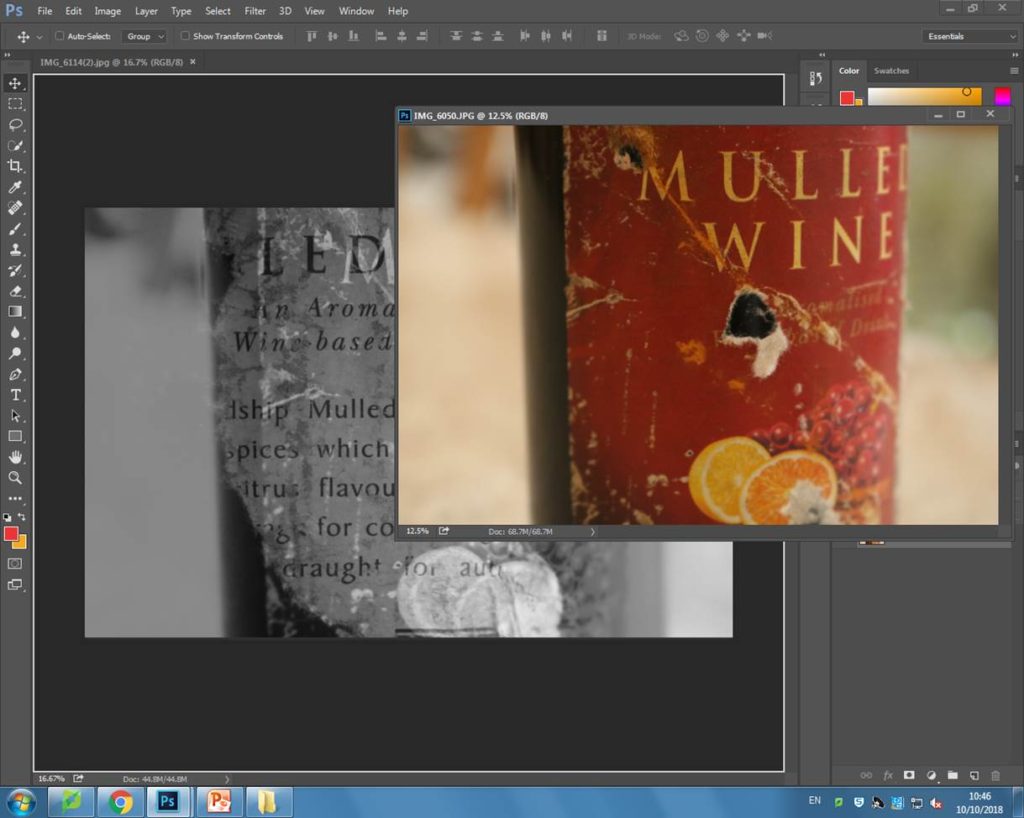
I then wanted to experiment further by seeing how the image would look with a bit of colour. So I then layered the original photo of the label, on top of the one that I had already Photoshoped.
 Here, I lowed the opacity so I could see how the images would look over the top of each other. I decided to place the original photo slightly higher, and to the left to create this interesting effect.
Here, I lowed the opacity so I could see how the images would look over the top of each other. I decided to place the original photo slightly higher, and to the left to create this interesting effect.
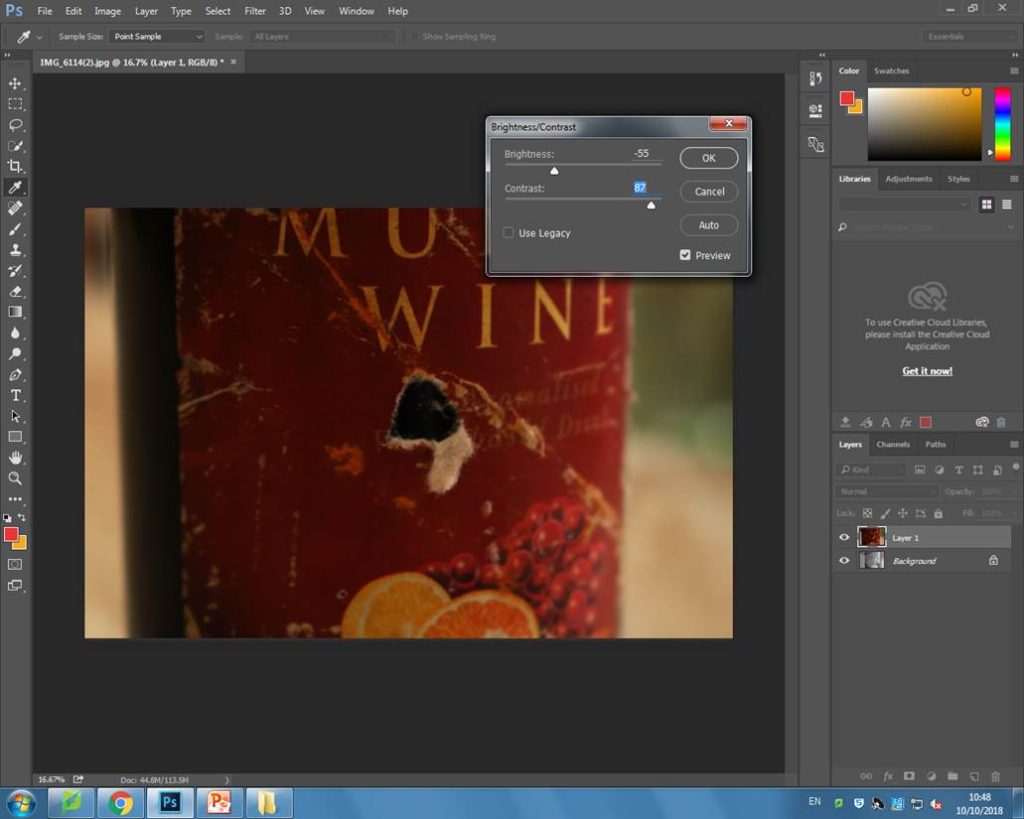 After I was satisfied with the positioning of the image, I changed the opacity to 100% so I was able to edit my image. I decided to put the brightness very low and the contrast very high, so that the darkness of the photo could blend well with the black and white background.
After I was satisfied with the positioning of the image, I changed the opacity to 100% so I was able to edit my image. I decided to put the brightness very low and the contrast very high, so that the darkness of the photo could blend well with the black and white background.
 Lastly, I then lowered the opacity again so both of the layers were visible on top of each other.
Lastly, I then lowered the opacity again so both of the layers were visible on top of each other.
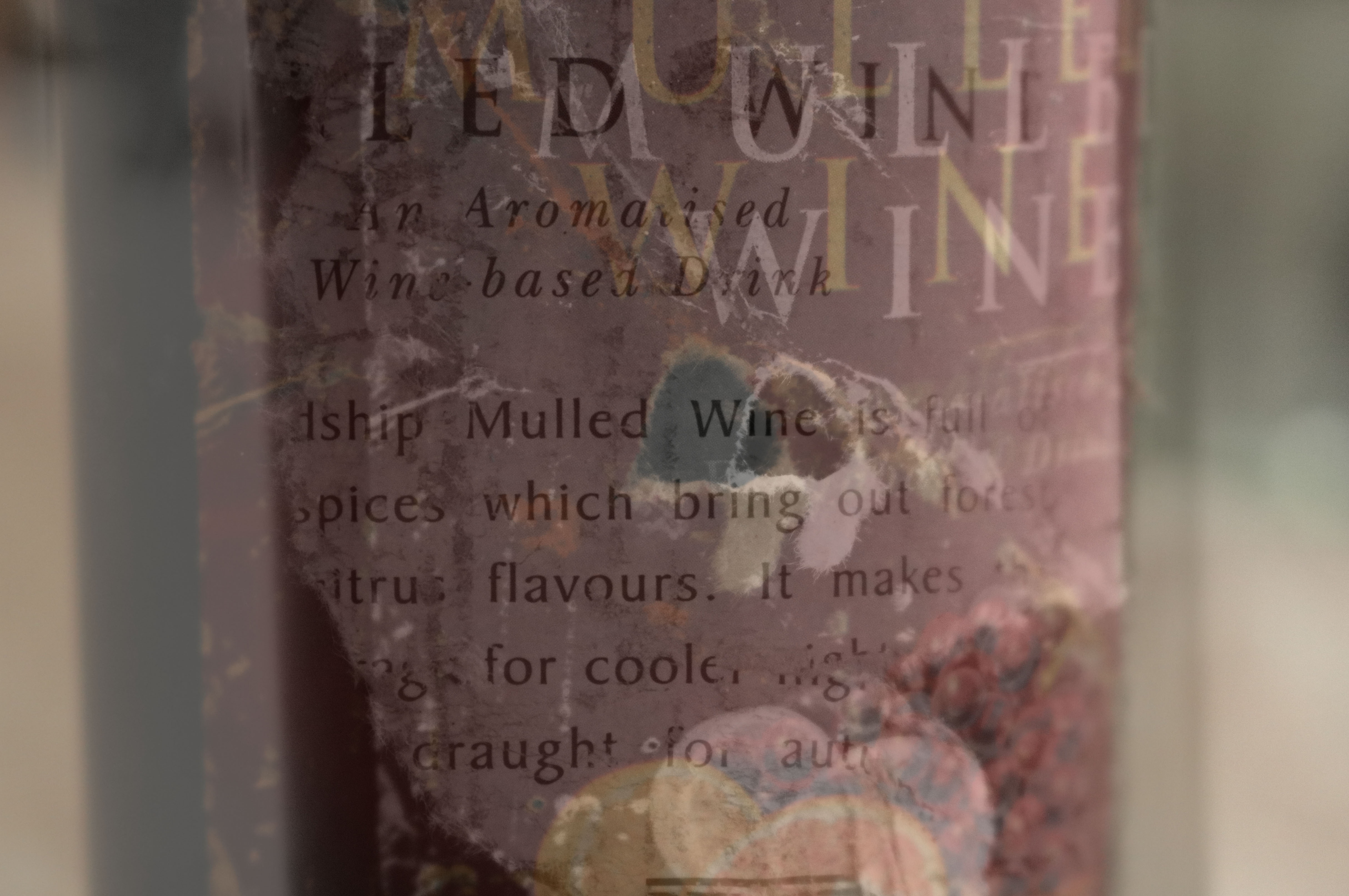
 To being editing this photo, I cropped it so that the dent in the wall was right in the middle of the image as I wanted it to be the main focus when an audience views my photo.
To being editing this photo, I cropped it so that the dent in the wall was right in the middle of the image as I wanted it to be the main focus when an audience views my photo.
 Next, I increased the contrast dramatically and the brightness only slightly. I did this because both parts of the wall were in different positions to the sun, meaning one side was very lit whereas the other side was in the shade. I wanted to exaggerate the contrast of lighting.
Next, I increased the contrast dramatically and the brightness only slightly. I did this because both parts of the wall were in different positions to the sun, meaning one side was very lit whereas the other side was in the shade. I wanted to exaggerate the contrast of lighting.
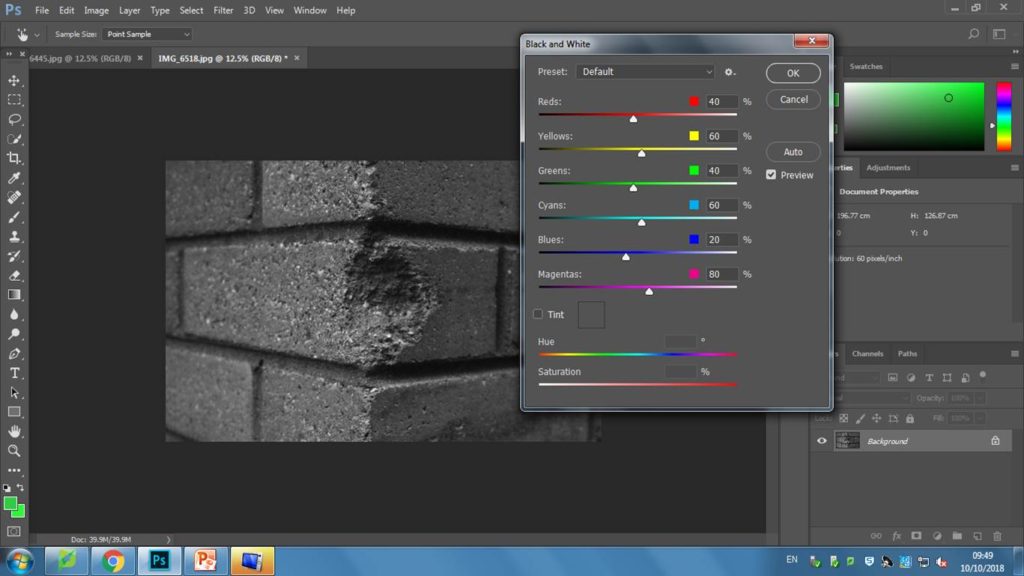 Lastly, I changed the image into black and white so the lighting contrasts would be even more noticeable.
Lastly, I changed the image into black and white so the lighting contrasts would be even more noticeable.
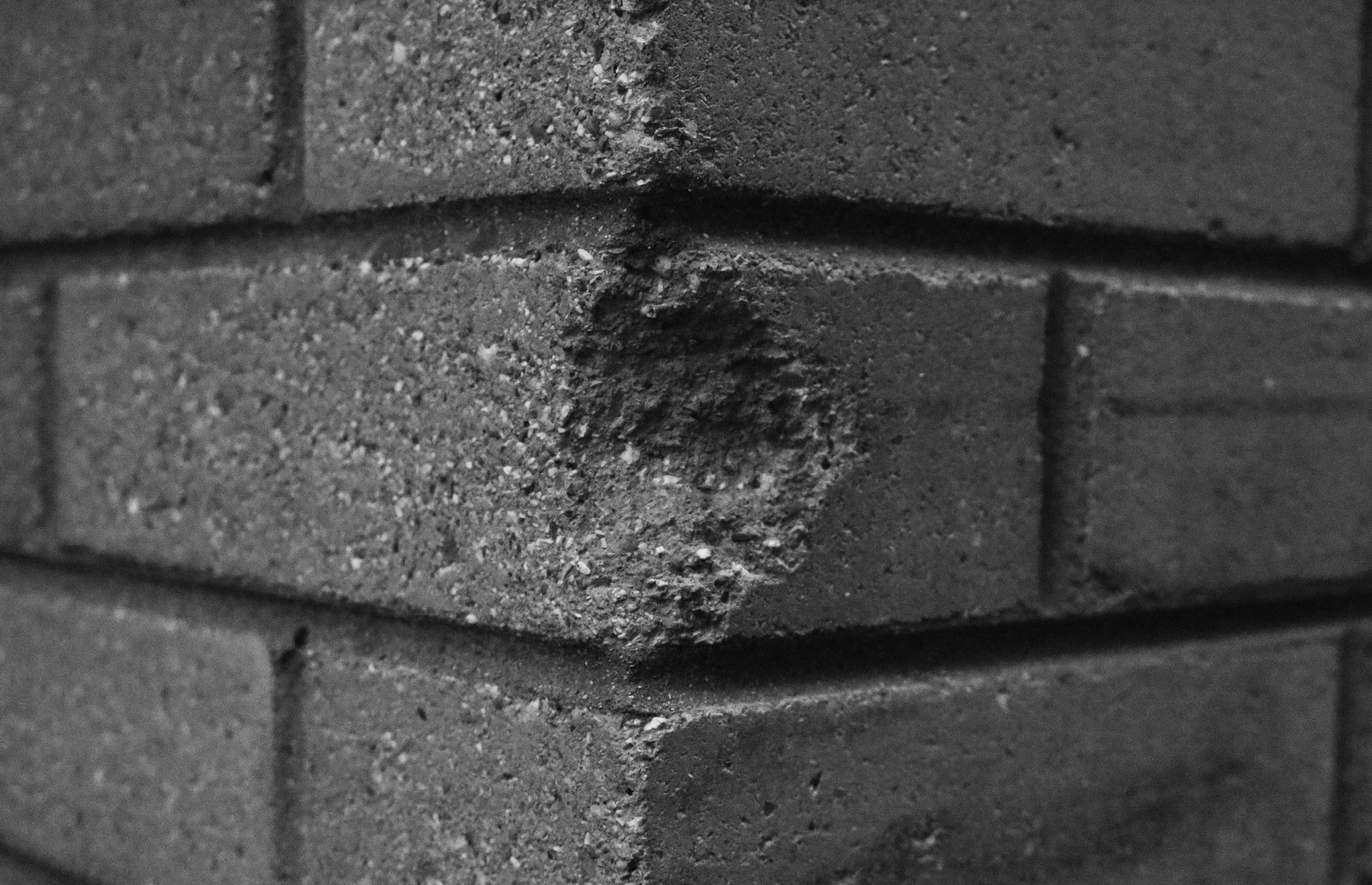
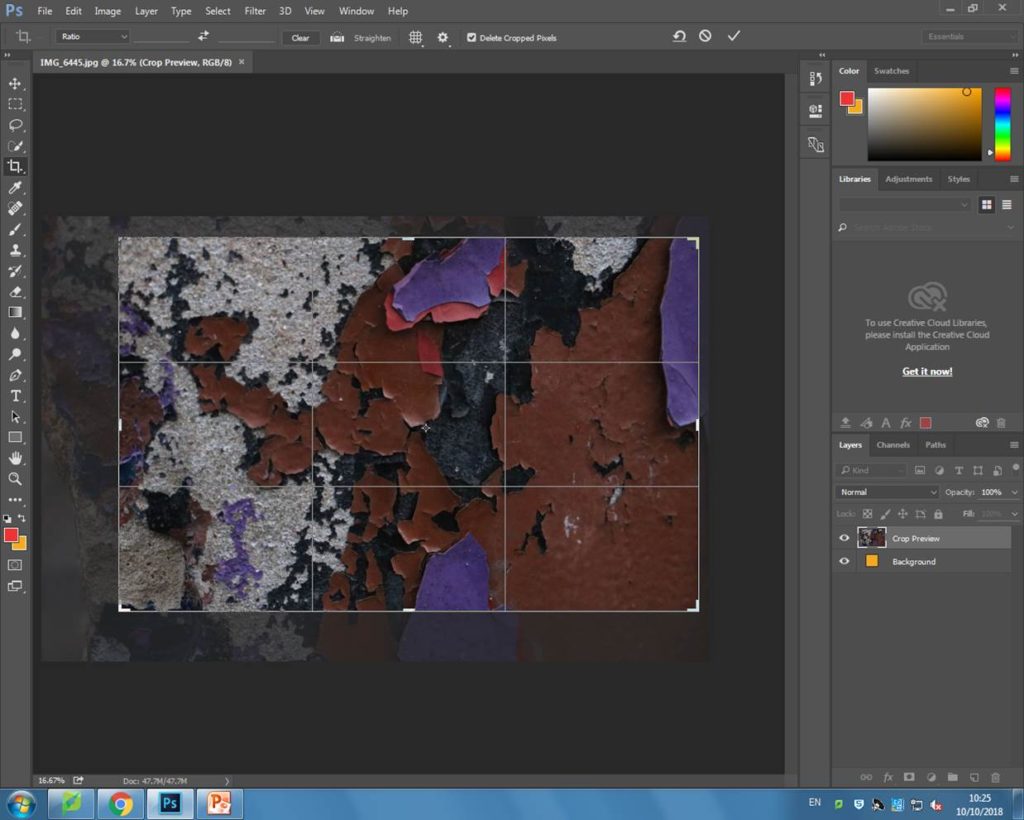 Firstly, I cropped the image to get rid of the lower left side of it as the background was visible and it was distracting.
Firstly, I cropped the image to get rid of the lower left side of it as the background was visible and it was distracting.
 Next, I lowered the brightness so all the colours would look darker and I increased the contrast.
Next, I lowered the brightness so all the colours would look darker and I increased the contrast.
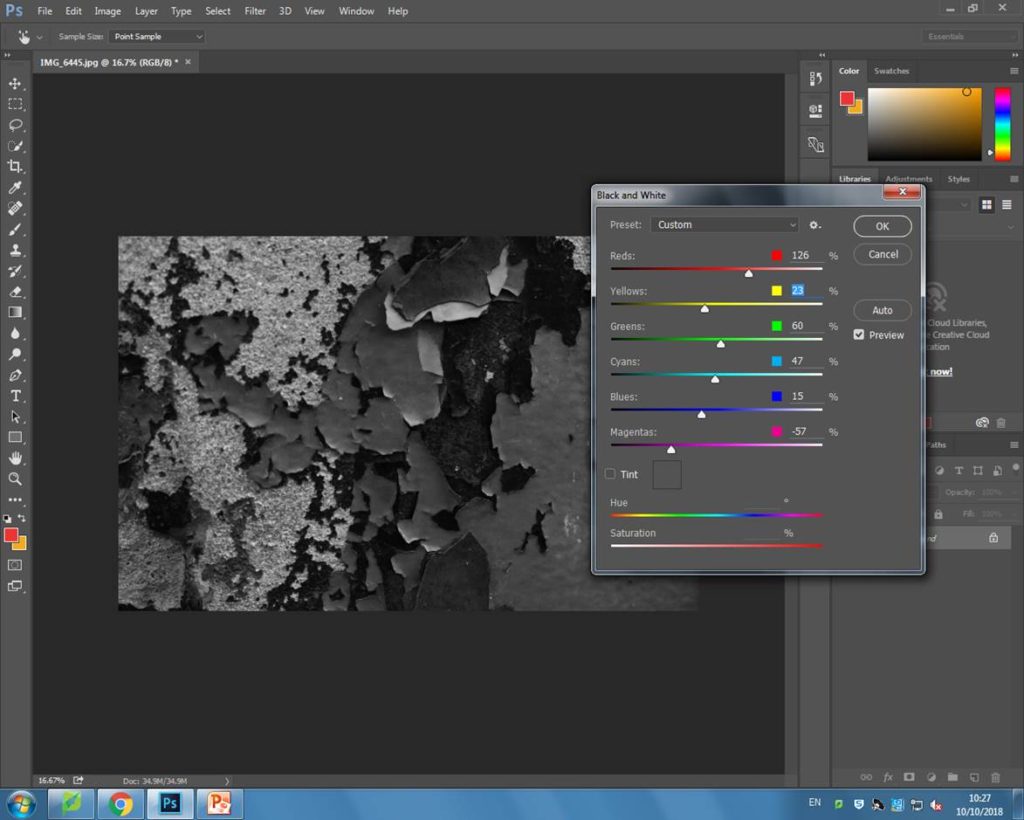
I then changed the image into black and white so the contrast of all the layers of colour would be a lot more prominent.
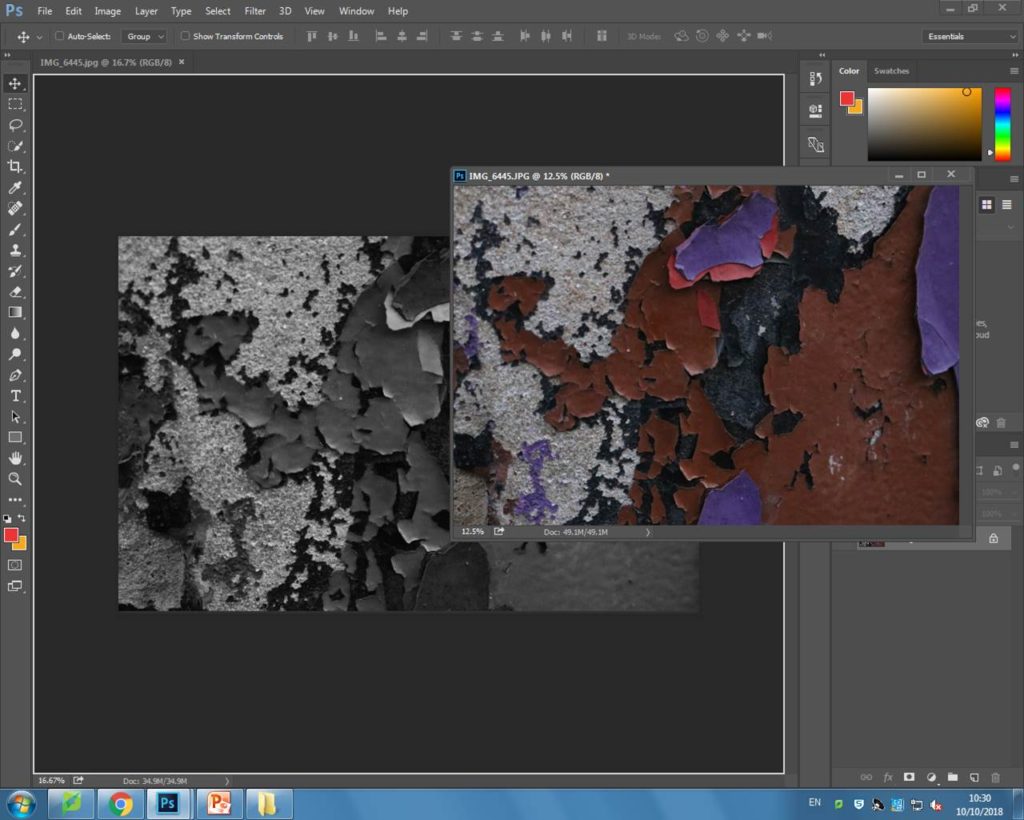
After, I dragged the original image on top of the image i had already edited.
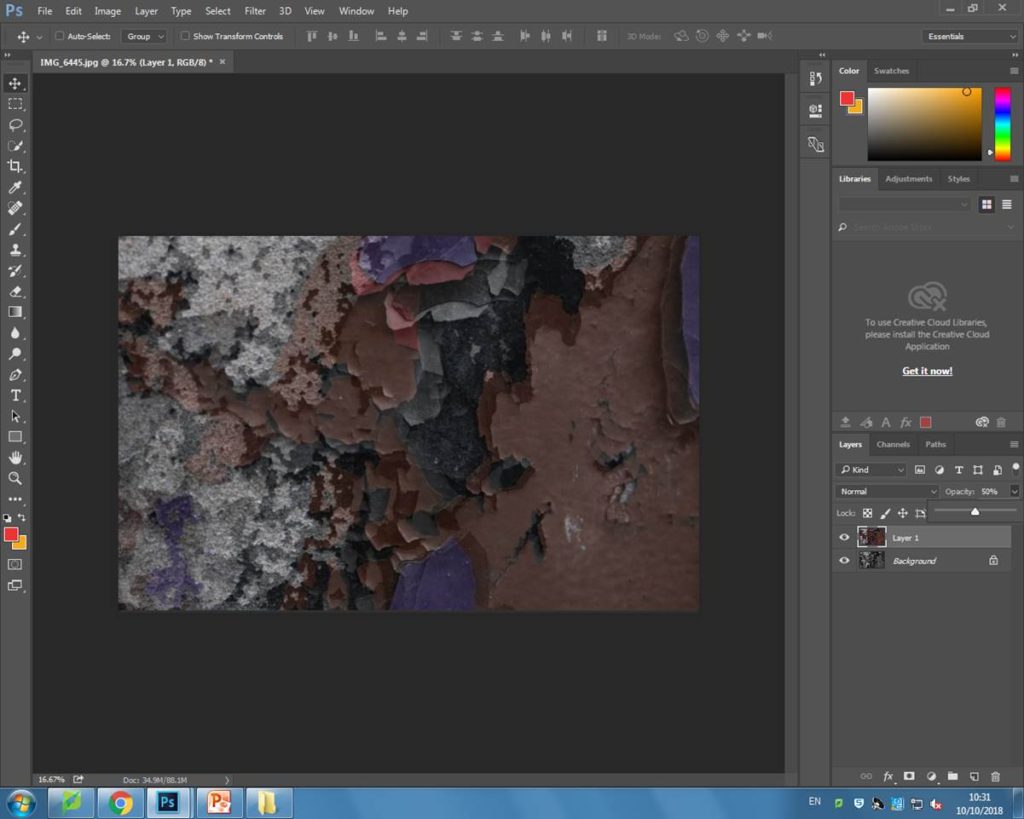
I then decreased the opacity to 50%, and positioned the image in a slightly different position to the version used on the background. I think it makes my image look a lot more interesting as both of the images have different opacitys and this makes the contrast between the tones really interesting.

I then layered another original version of the photo, and positioned it slightly higher and changed the opacity to 30% so it was lower than the previous one. I like how the image looks as there is an interesting fade effect.
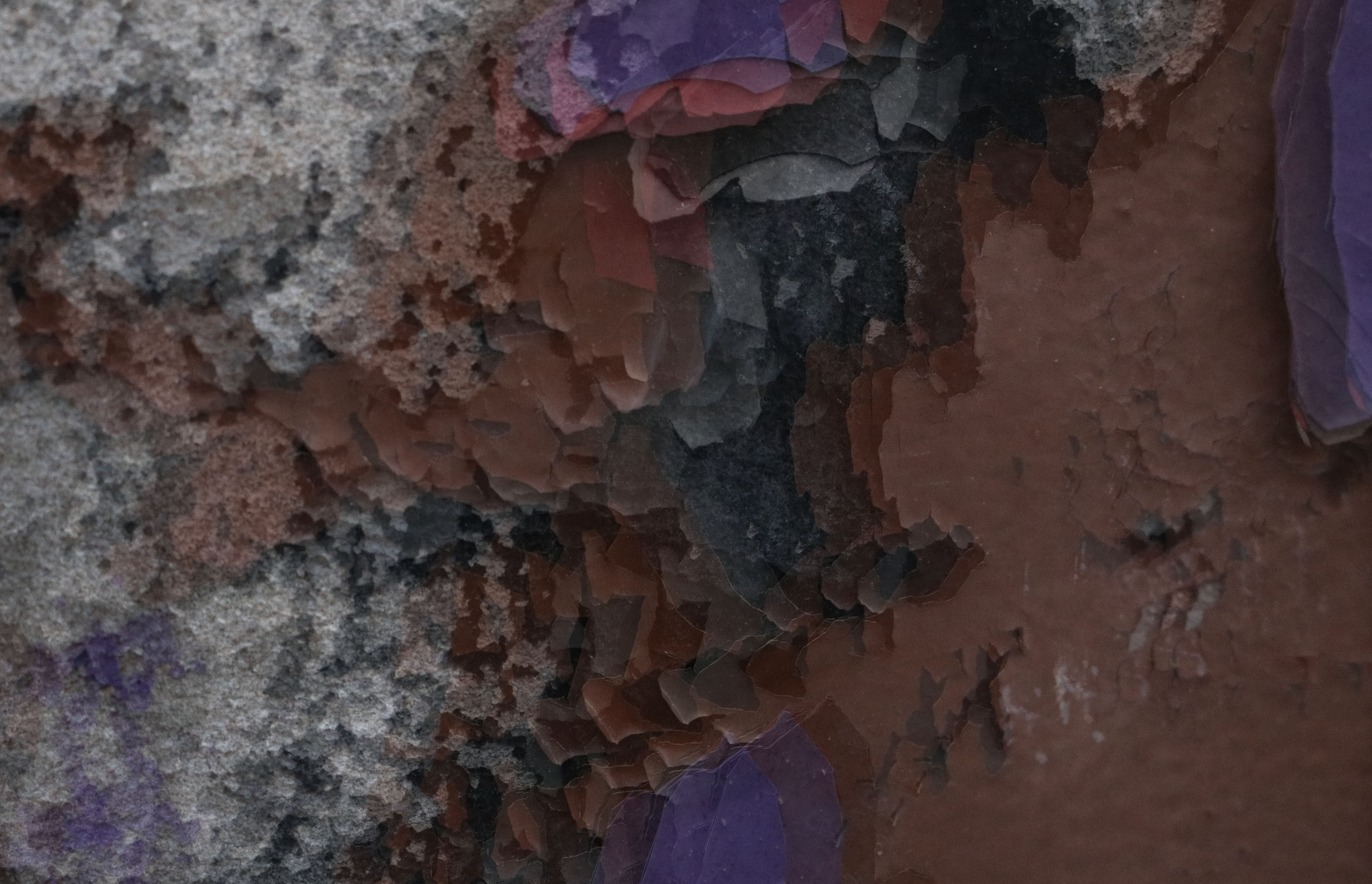
My best edited outcomes
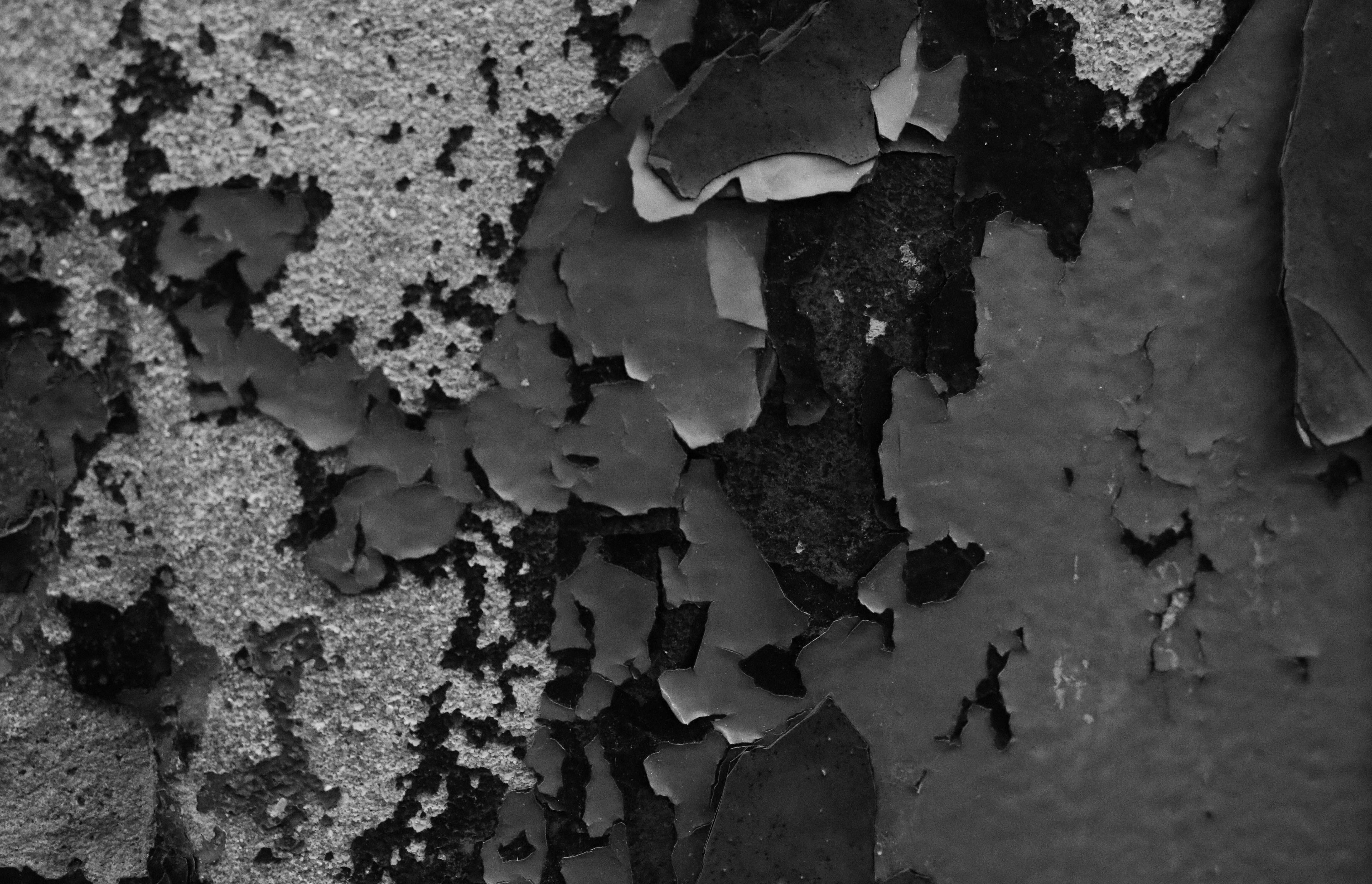
This image is one of my best due to many elements. On the technical side, this image was taken in the day light, using manual focus. I used manual focus so that I was able to choose which layer of paint to focus on.
The visual elements of the image are also very interesting. The image is of lots of different coloured layers of paint peeling of a wall. This is very interesting as it makes the image contain many different textures and layers, which gives the photo a sort of 3D effect. This is very visually pleasing because it gives the audience more details to notice. As the image is black and white, There are a lot of interesting tonal contrasts, as originally all the layers were very varied different colours and stood out a lot.

This image is very visually interesting. This is due to many things but, primarily the layering of images. I think that layering of the images helps make this photo far more appealing to the audience. This is because the black and white images and the coloured image create a distinct contrast that is very eye catching. Another contrast that is also very appealing is the writing on the label. I like how there is a coloured version and a black and white version position differently. I think they complement each other very well as they are completely different. The dramatic contrast that the white and yellow creates, helps to draw people’s attention in. There is also a big variety of different textures present in this photo, as all the individual images were focused on the different surfaces seen on a wine bottle. The textures within the photograph are interesting because they are very intricate details that will help keep the viewers attention on this photograph for longer.
The technical features of this image help to bring out the visual features I mentioned above. All the images that were layered were taken using manual focus. This helped me capture the textures of the label in a lot more detail compared to using autofocus. It was very helpful as it allowed to focus on the exact detail that I wanted to. The images were also taken in day light. This was also very helpful as it meant the images turned out very clearly, and perfectly exposed.



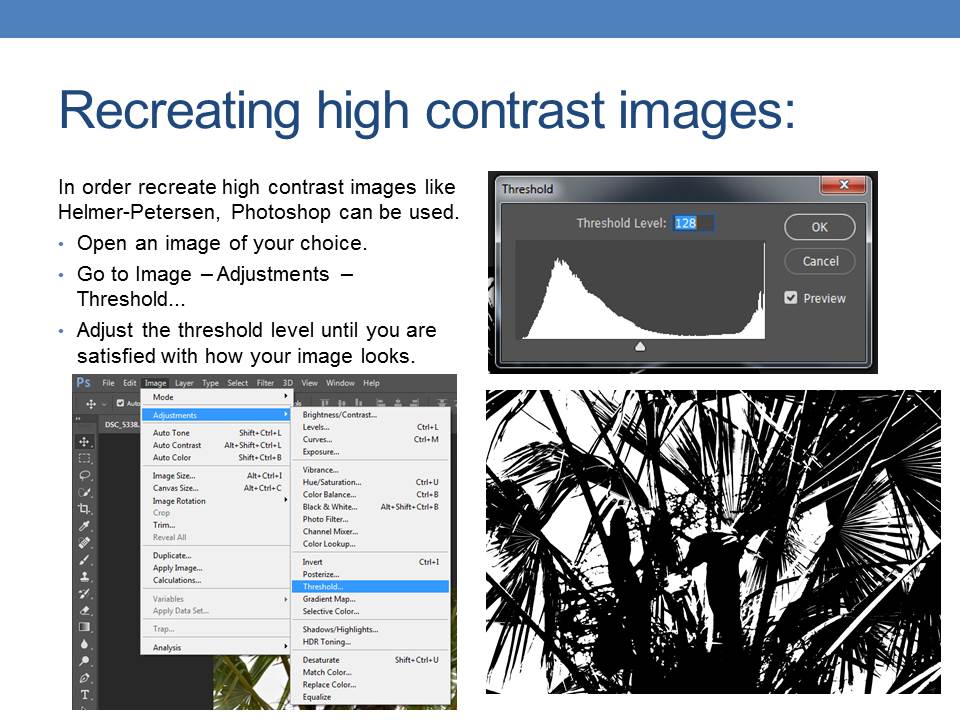

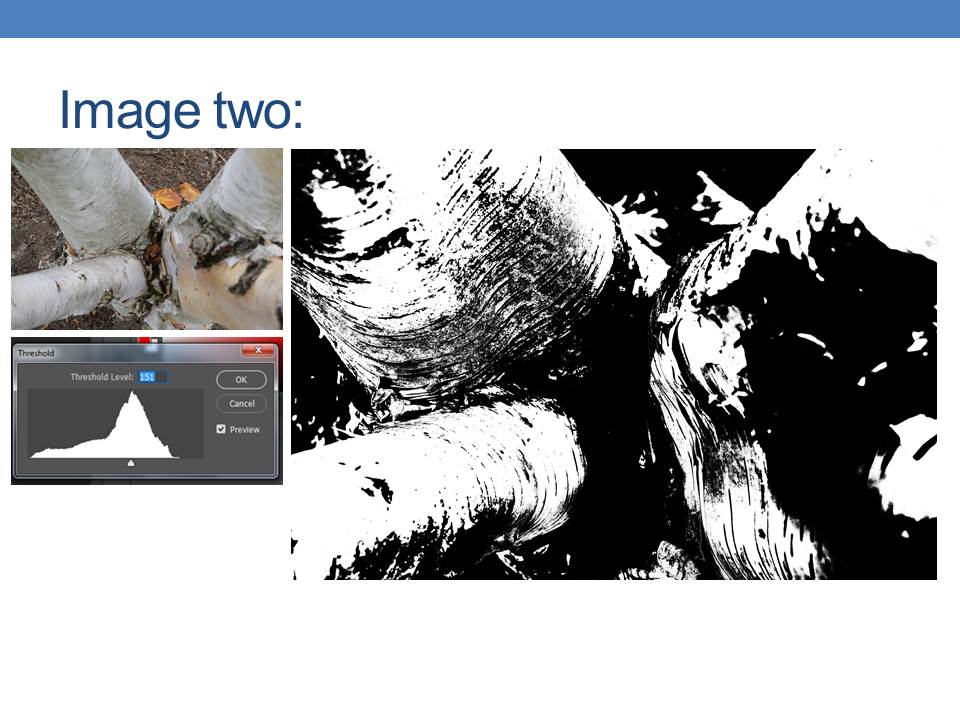




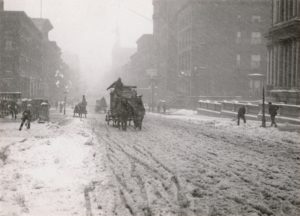


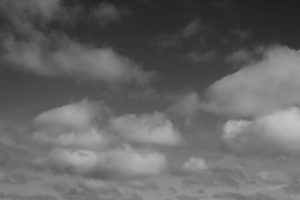
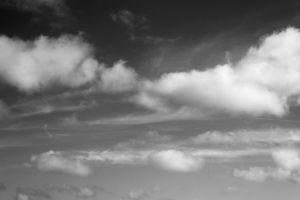
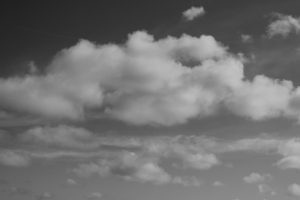

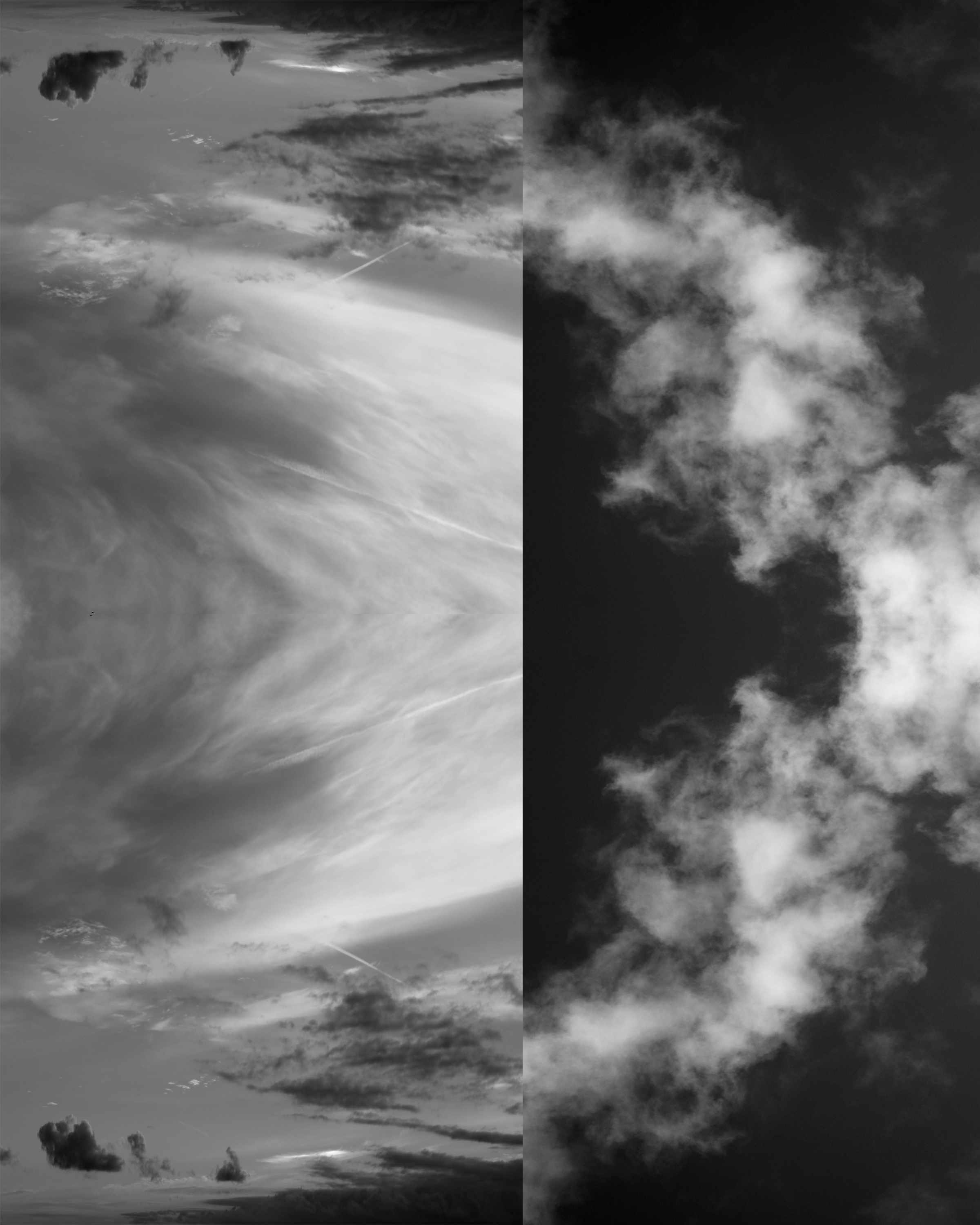
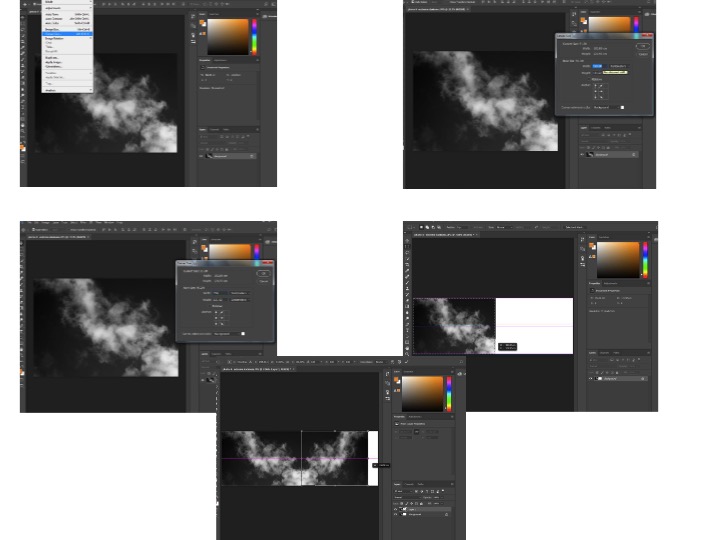
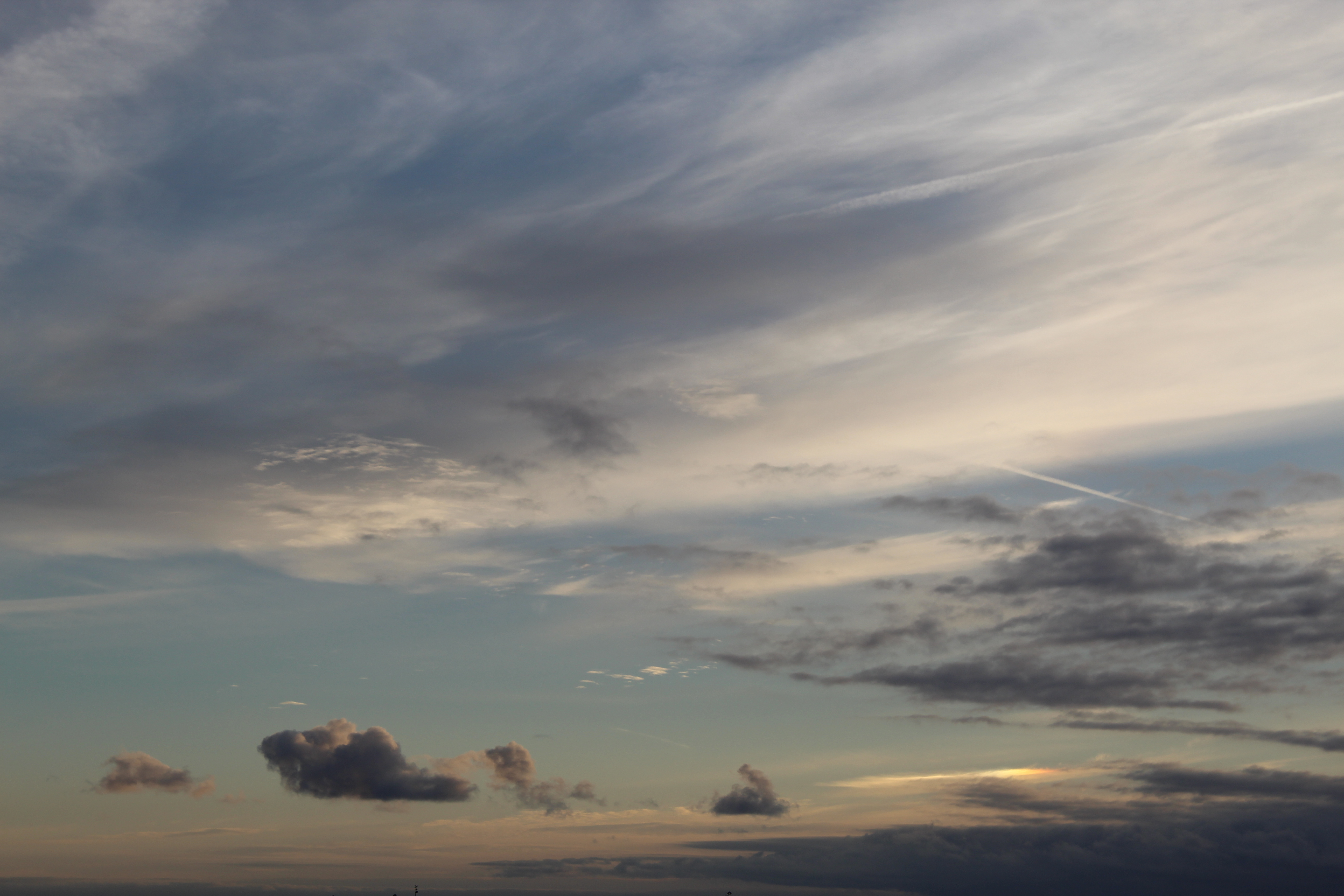 Before
Before 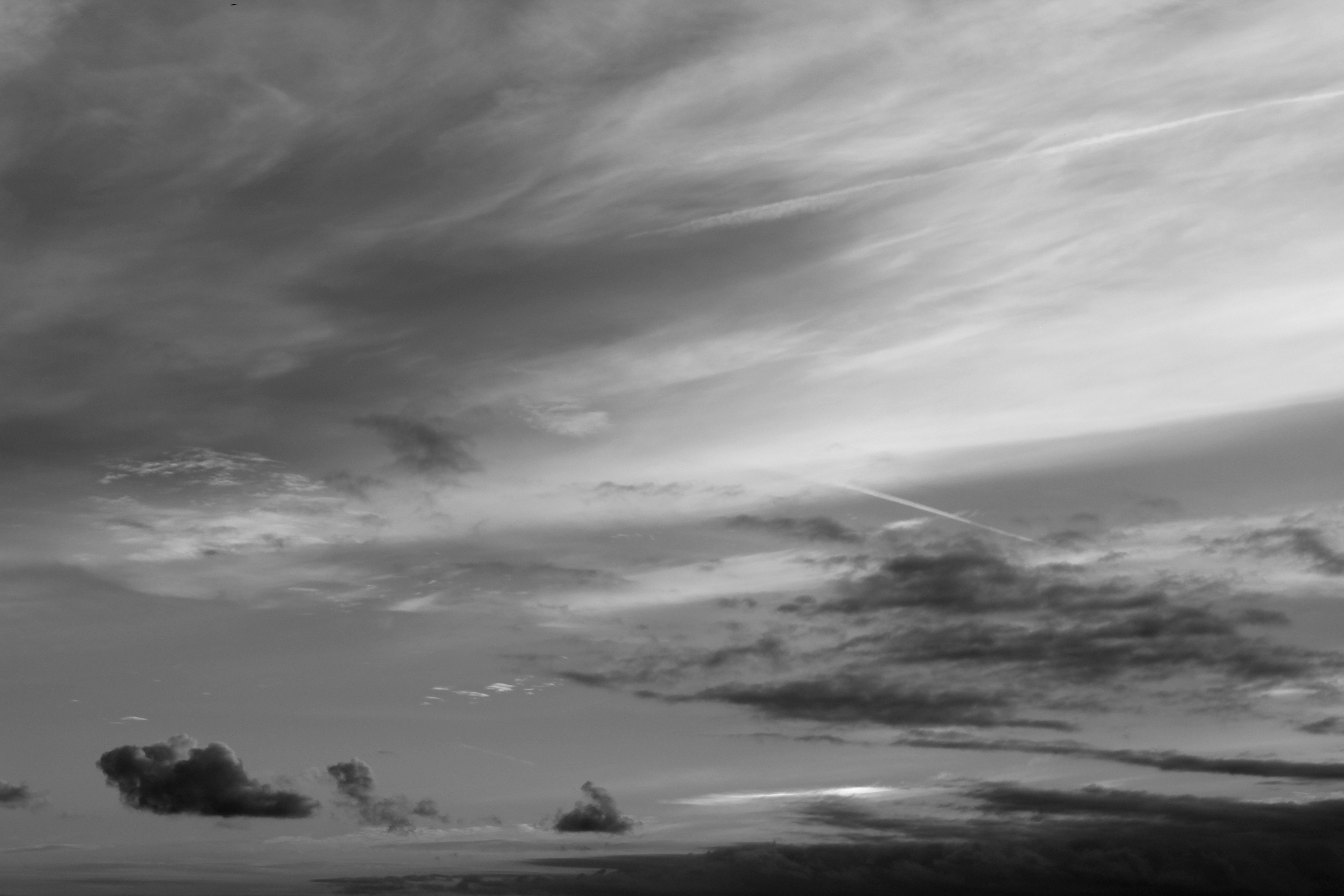 After
After
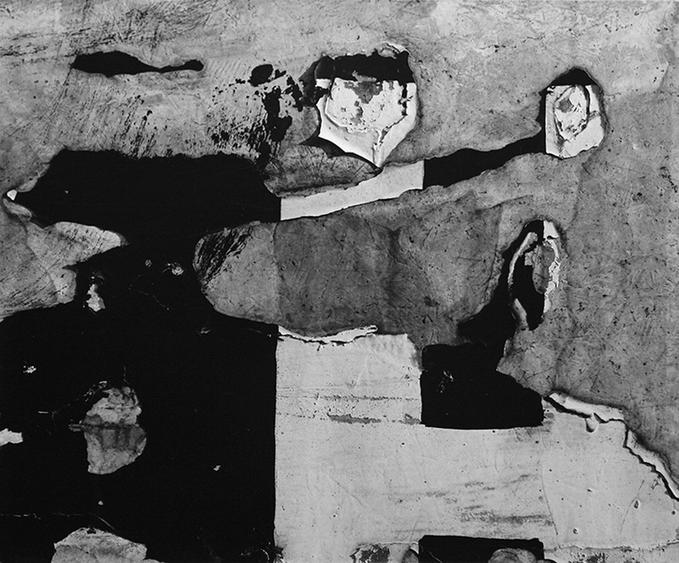

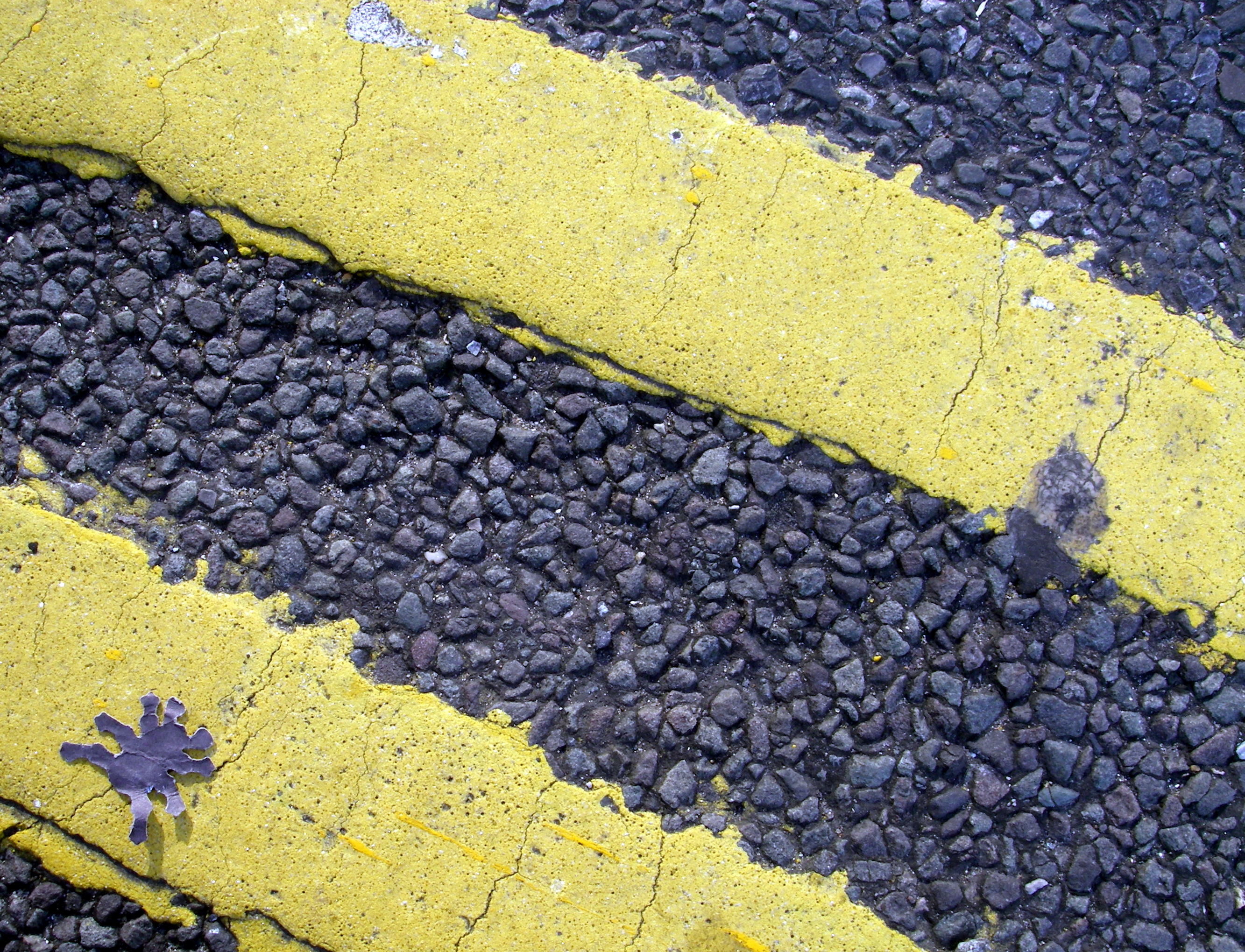
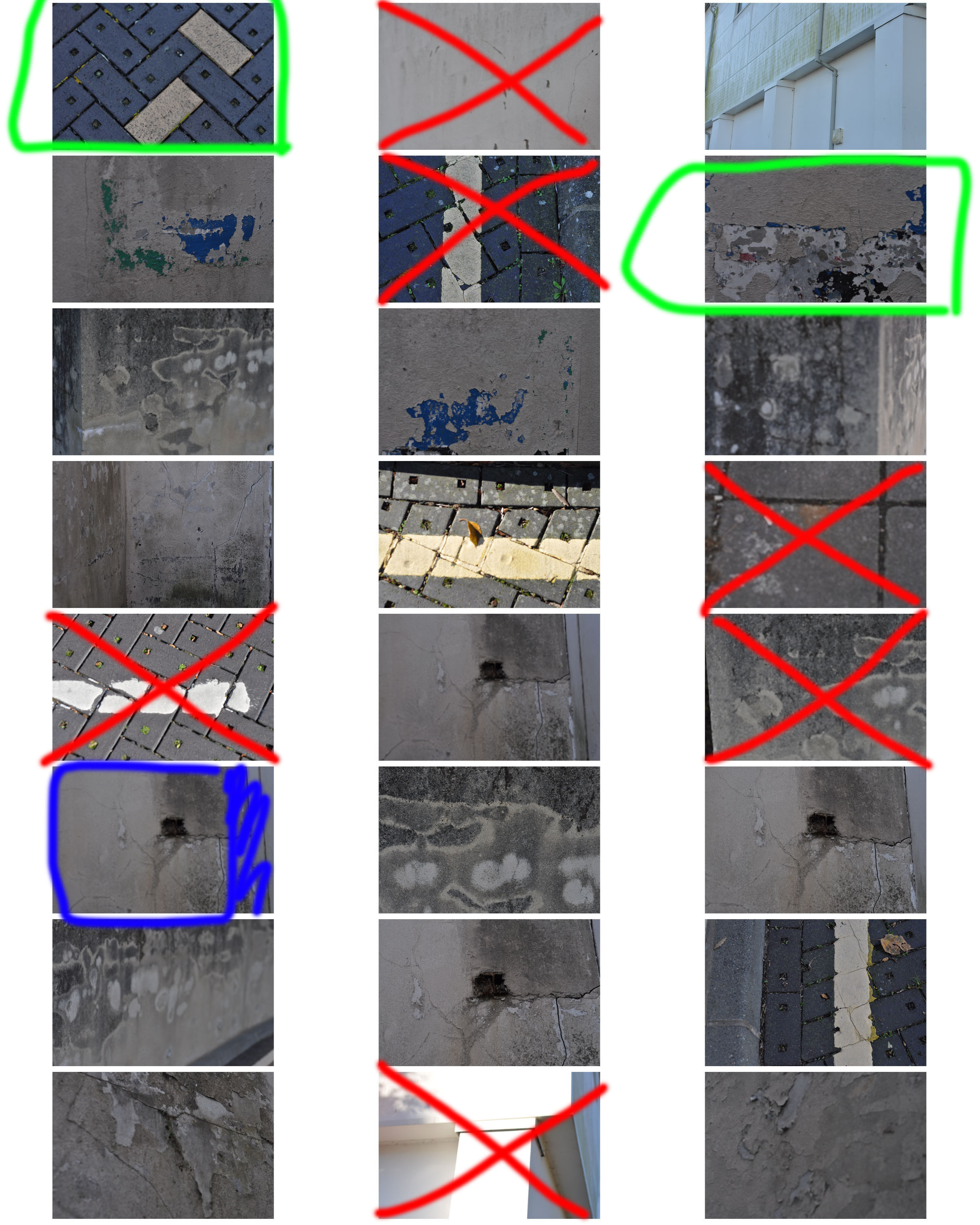
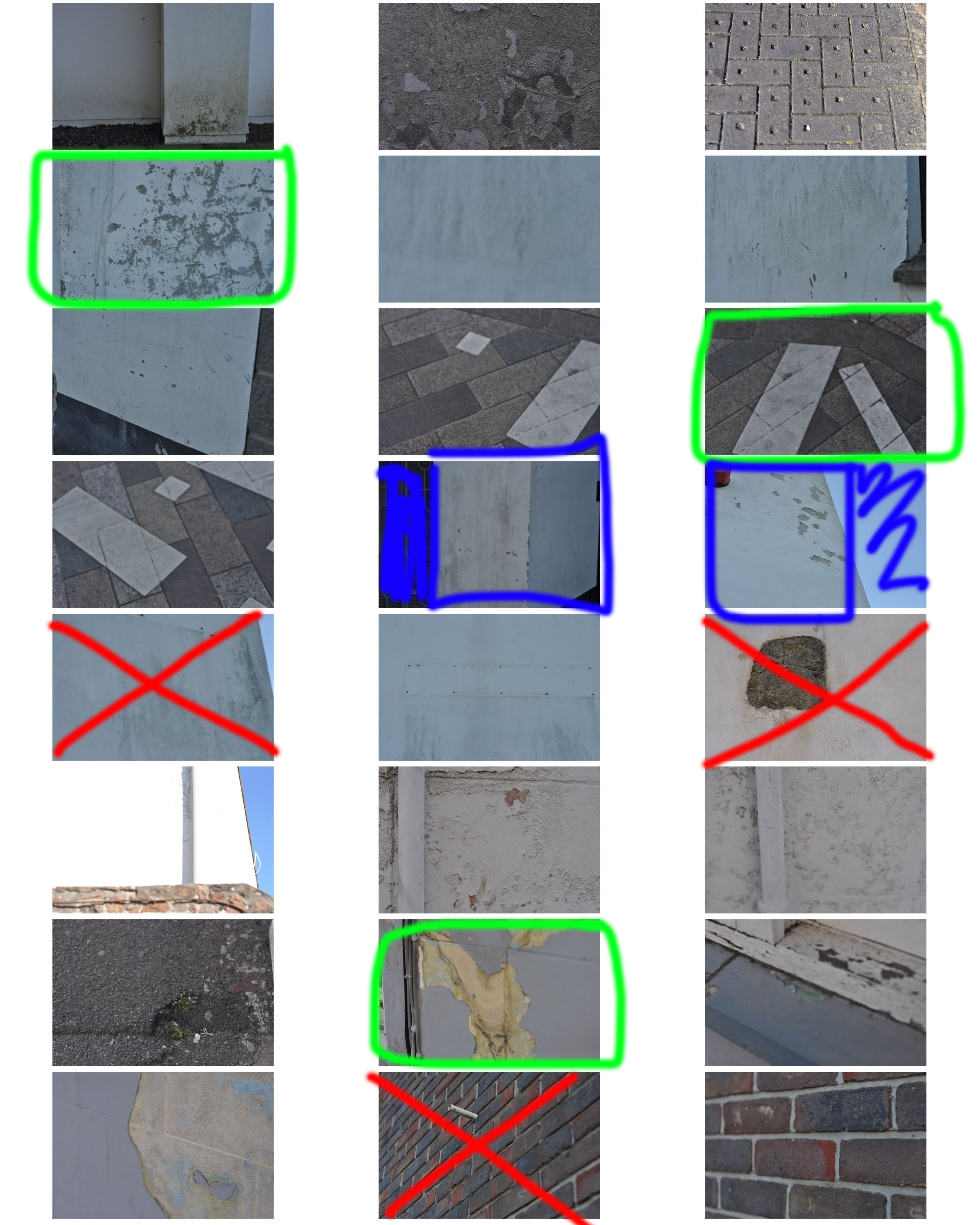
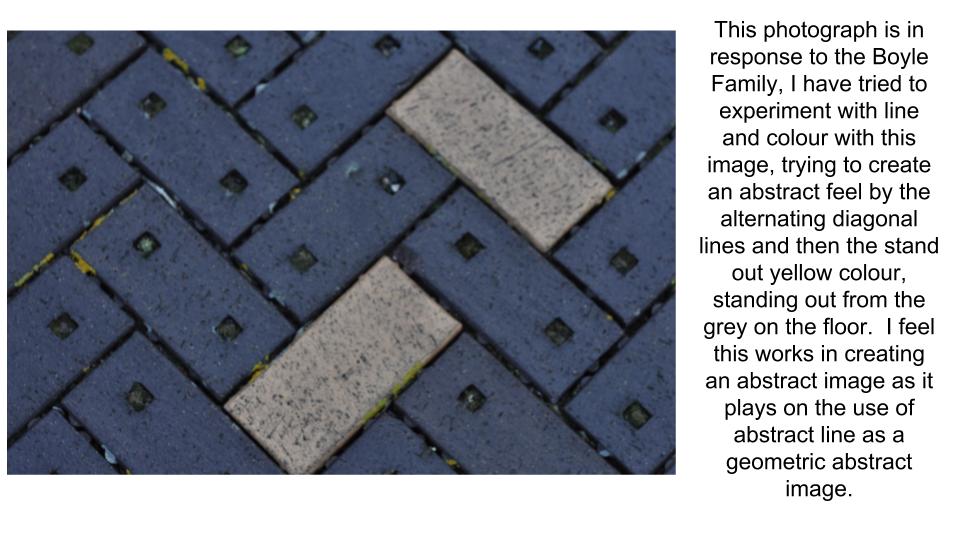


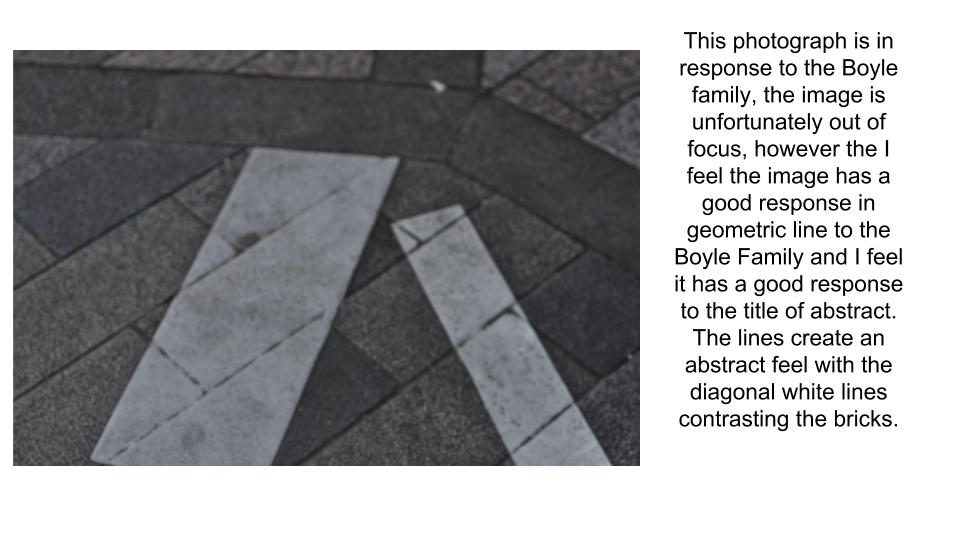
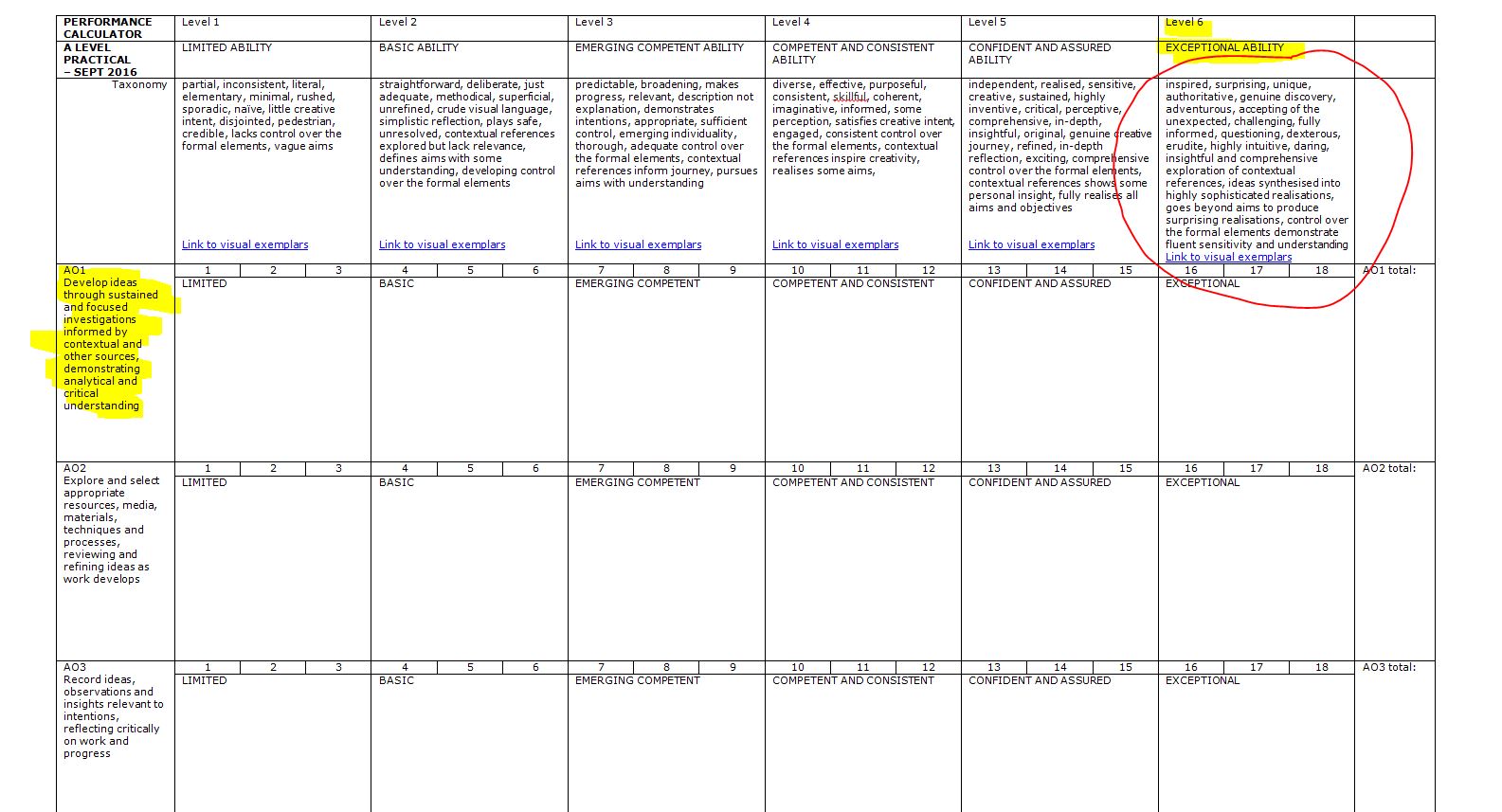











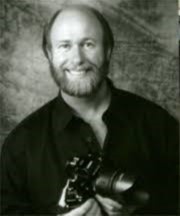
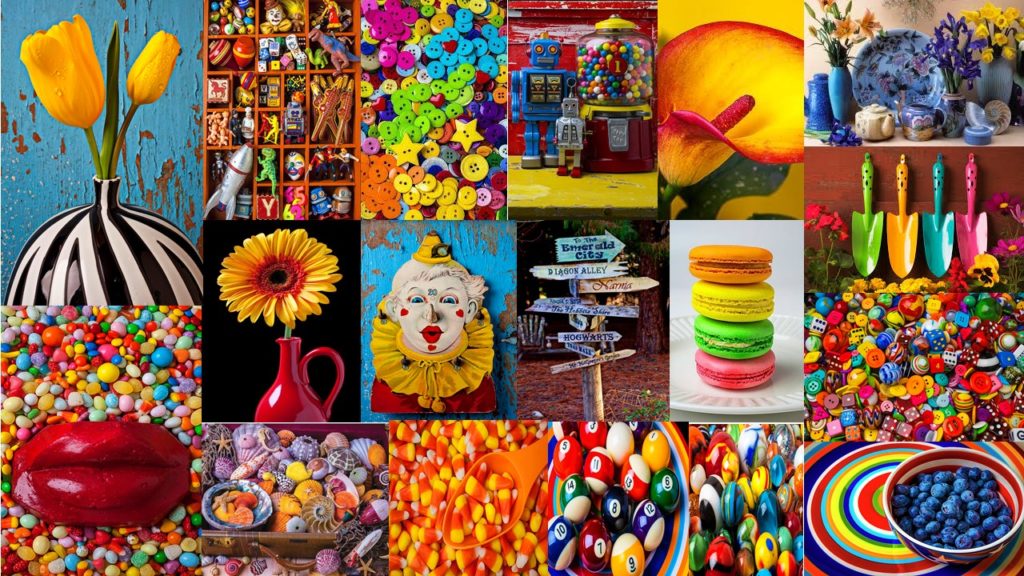
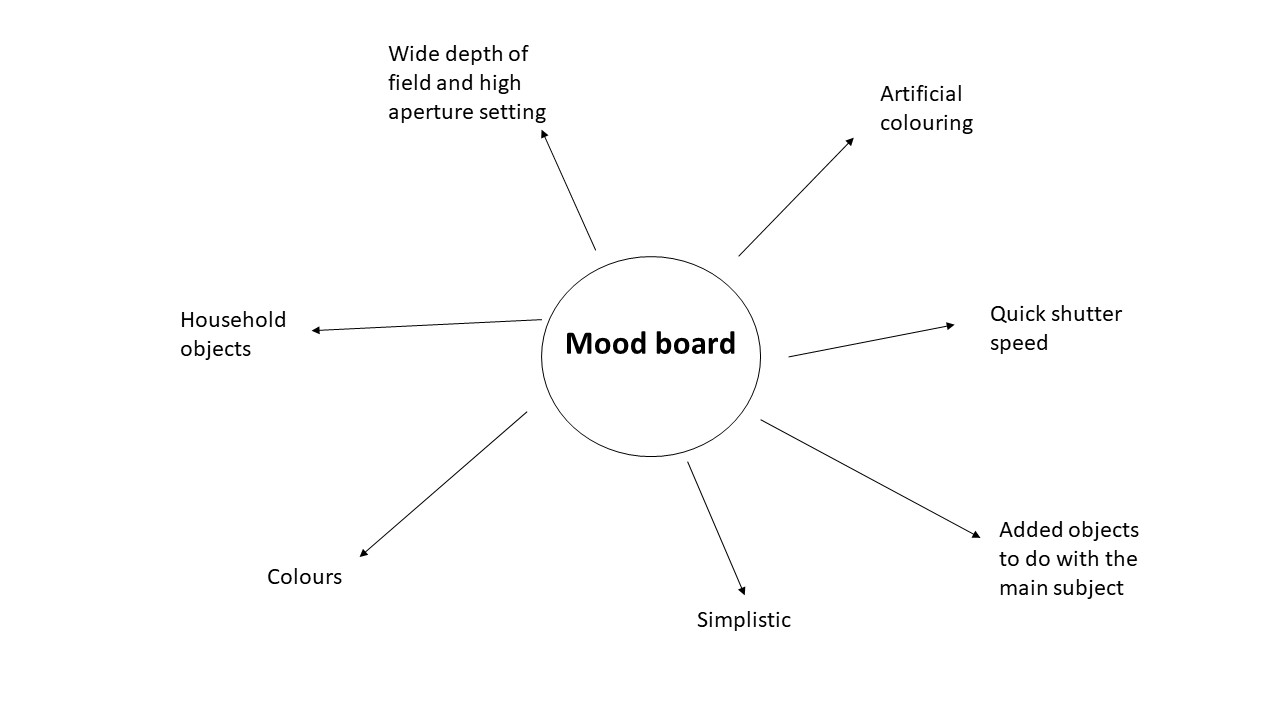

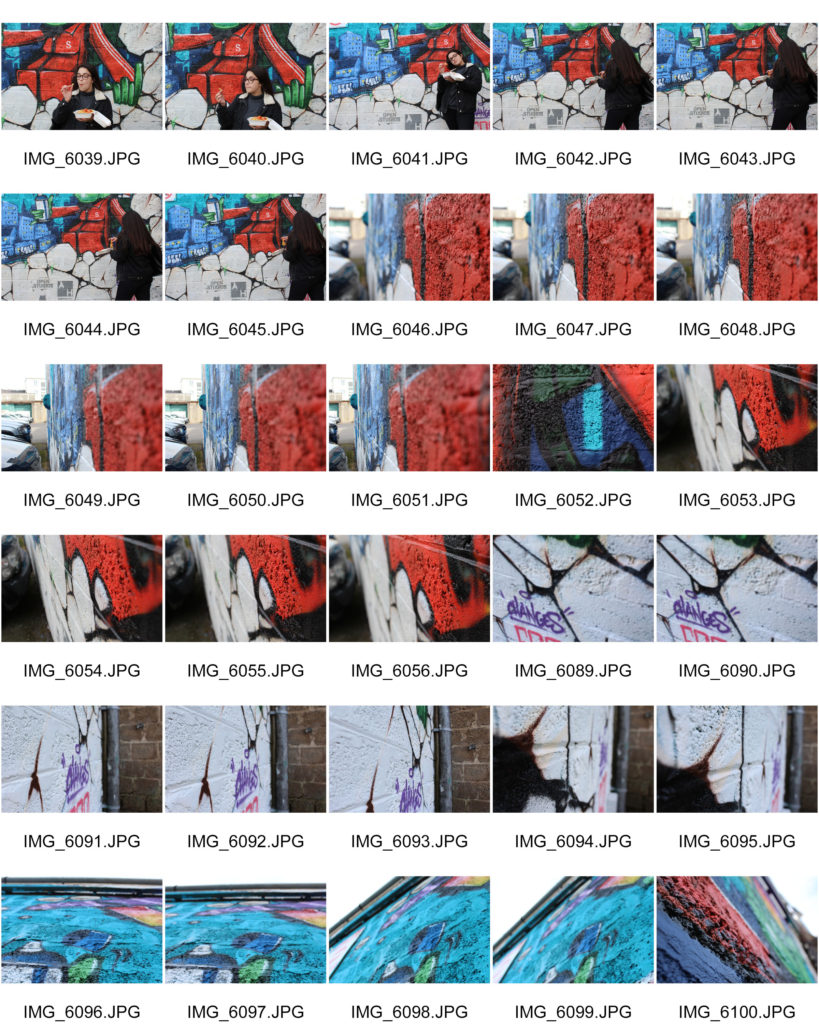
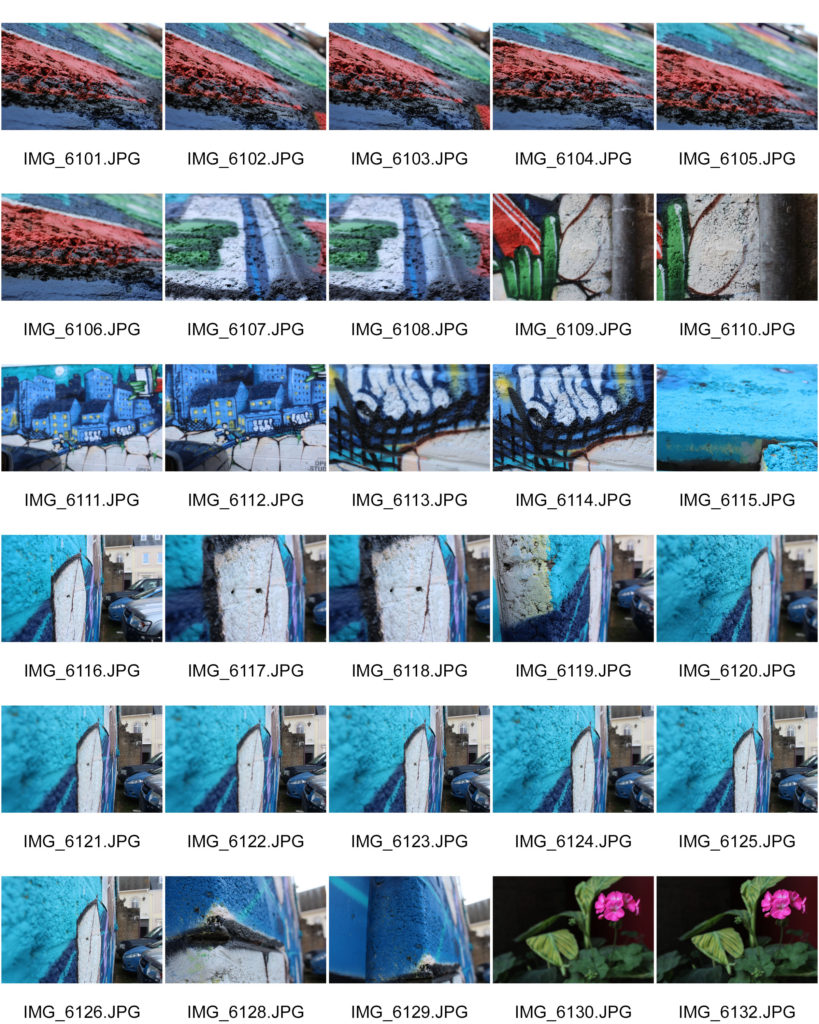

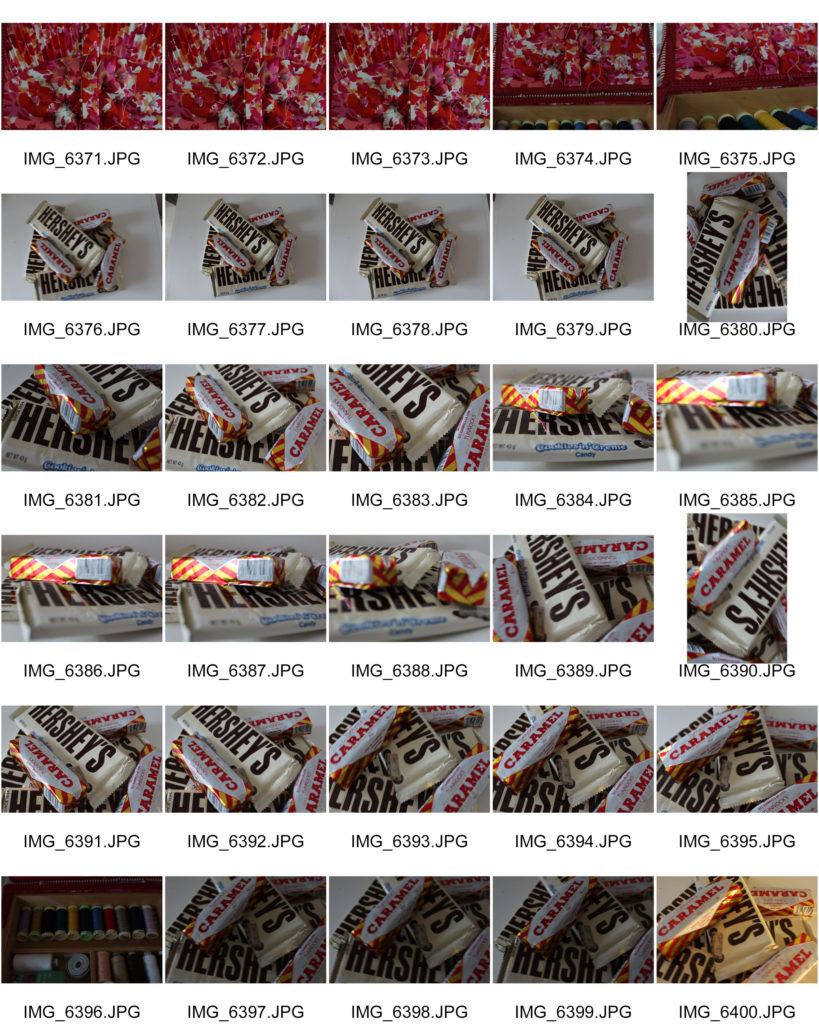
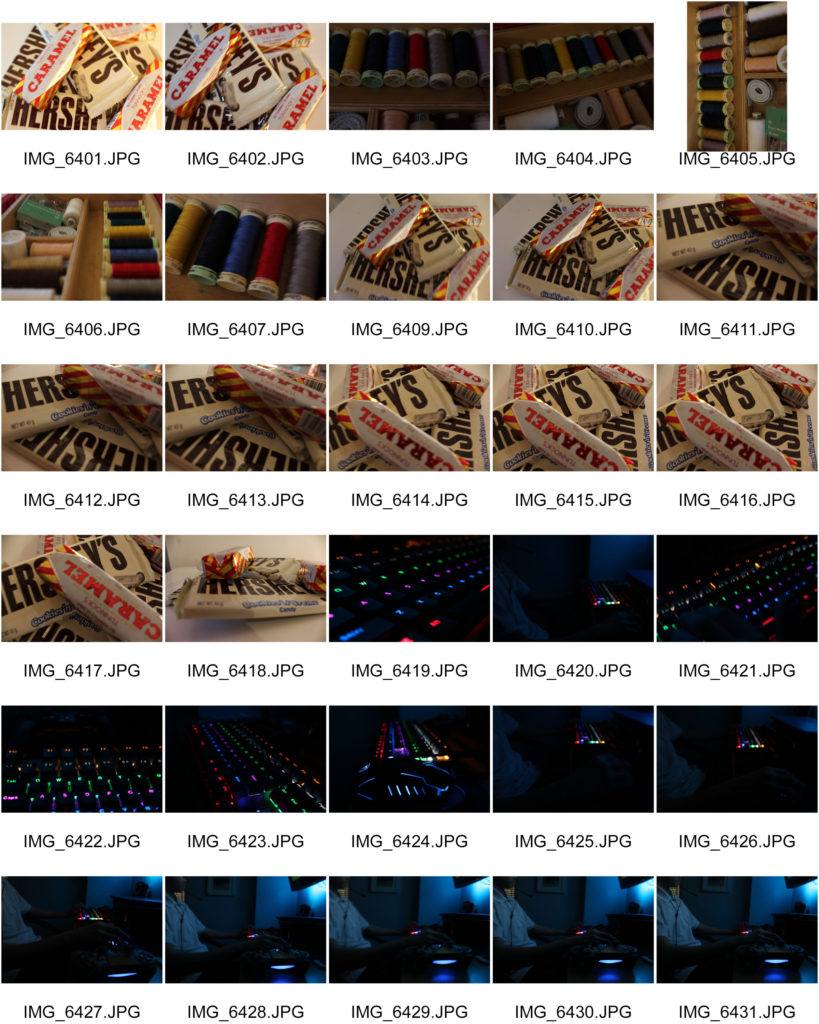
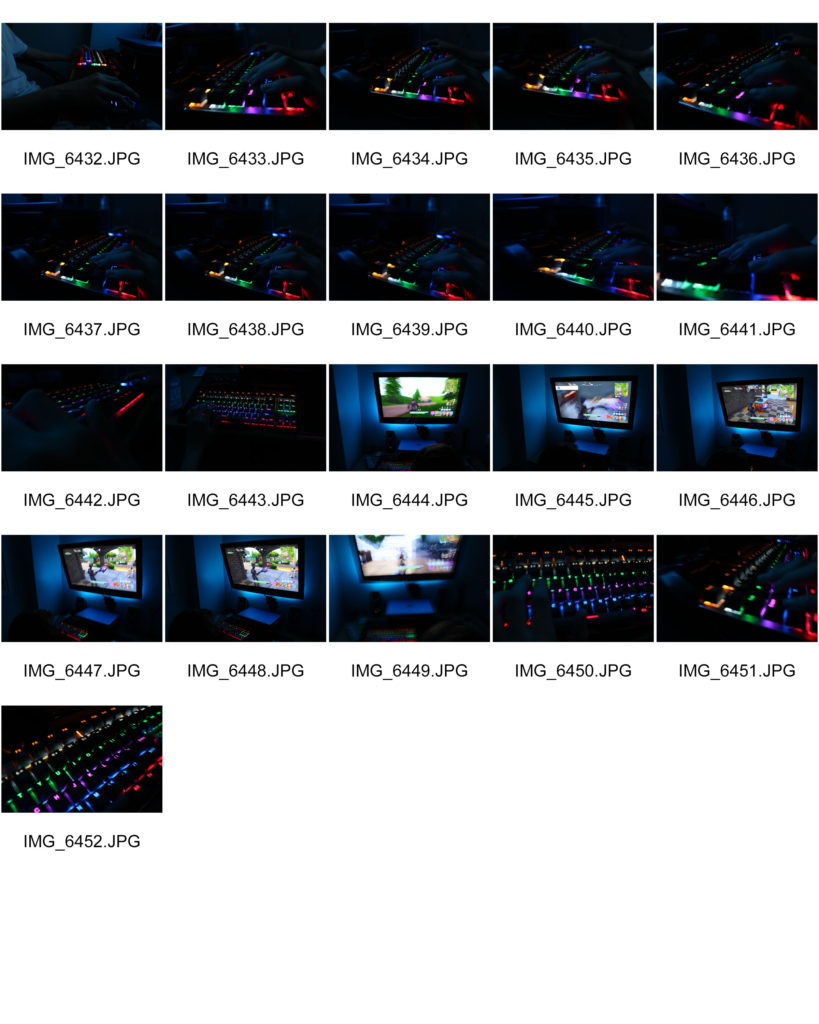
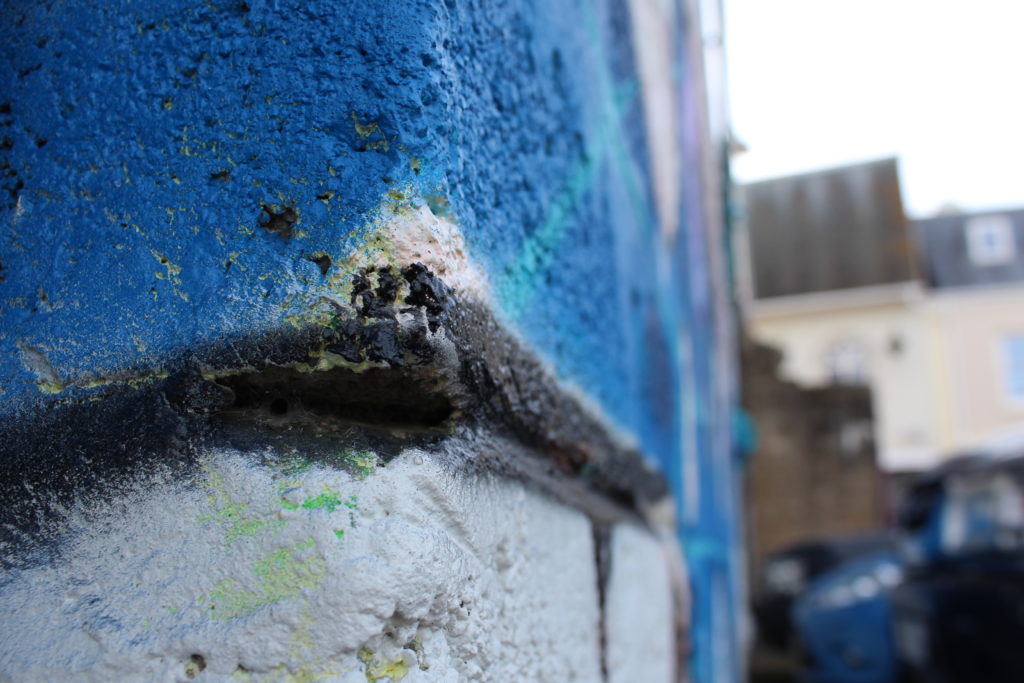
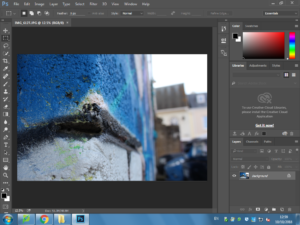
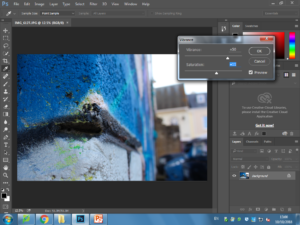
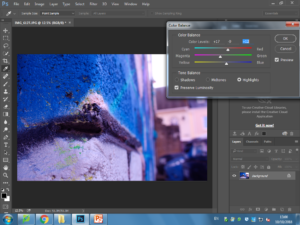
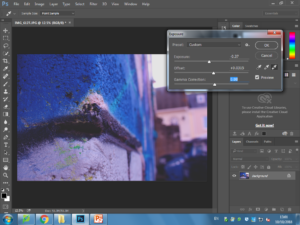
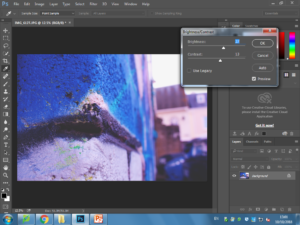
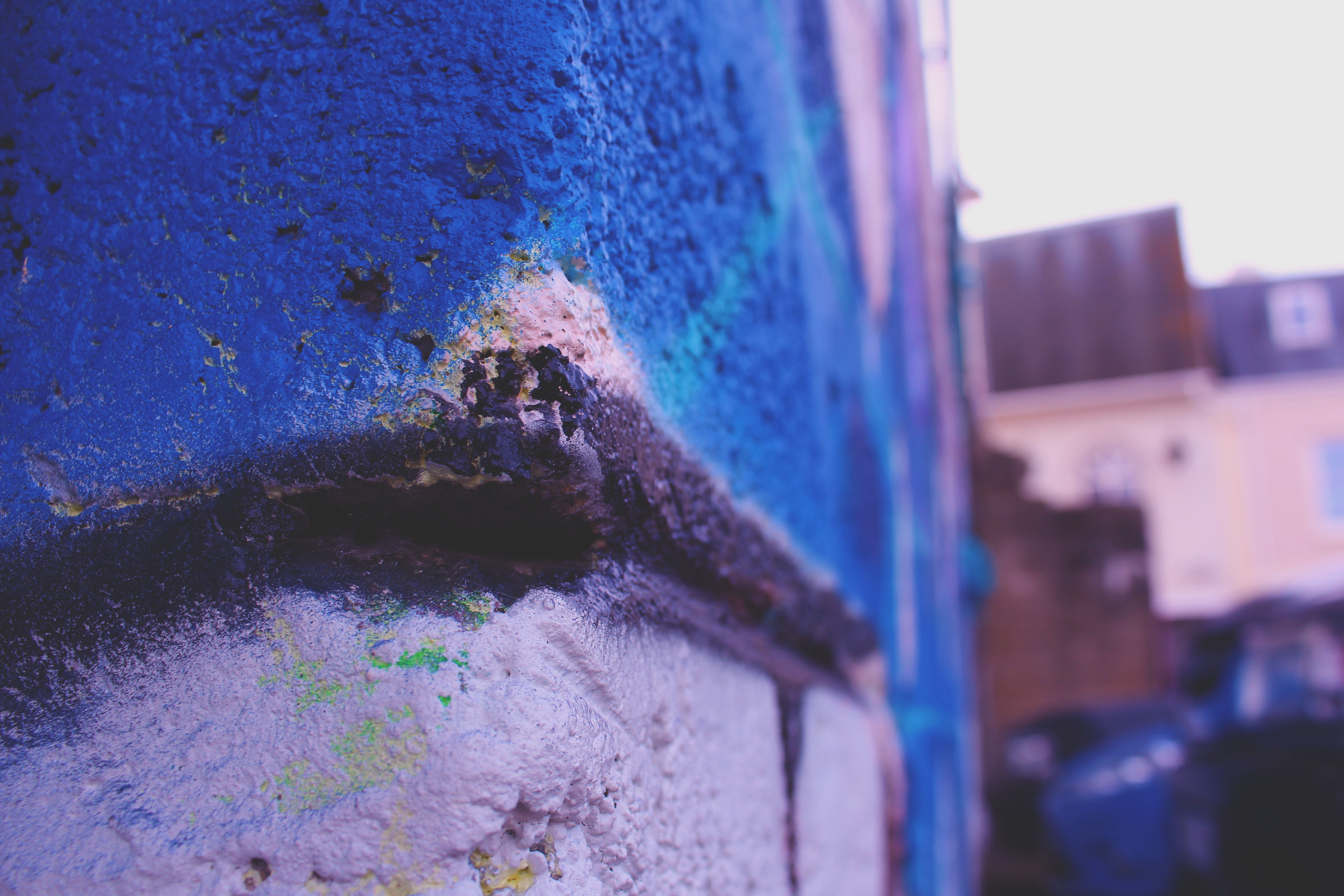
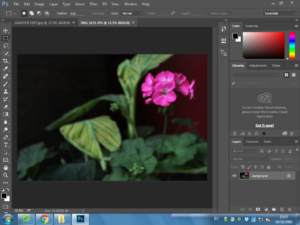
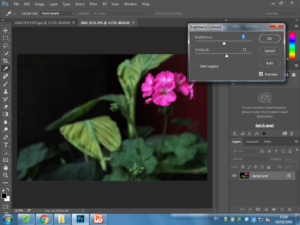
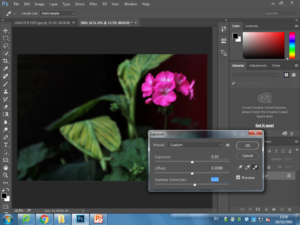
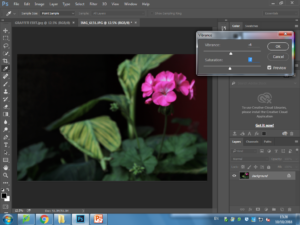
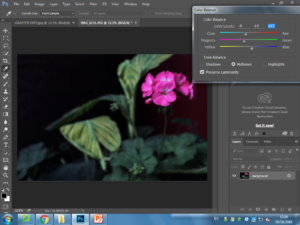




 By using this effect and the idea of copying the image across as if there was a mirror in place, it give the image more feeling and gives the viewer more chose to interpret their own thought of the image and allows more textures and surface to the image.
By using this effect and the idea of copying the image across as if there was a mirror in place, it give the image more feeling and gives the viewer more chose to interpret their own thought of the image and allows more textures and surface to the image.